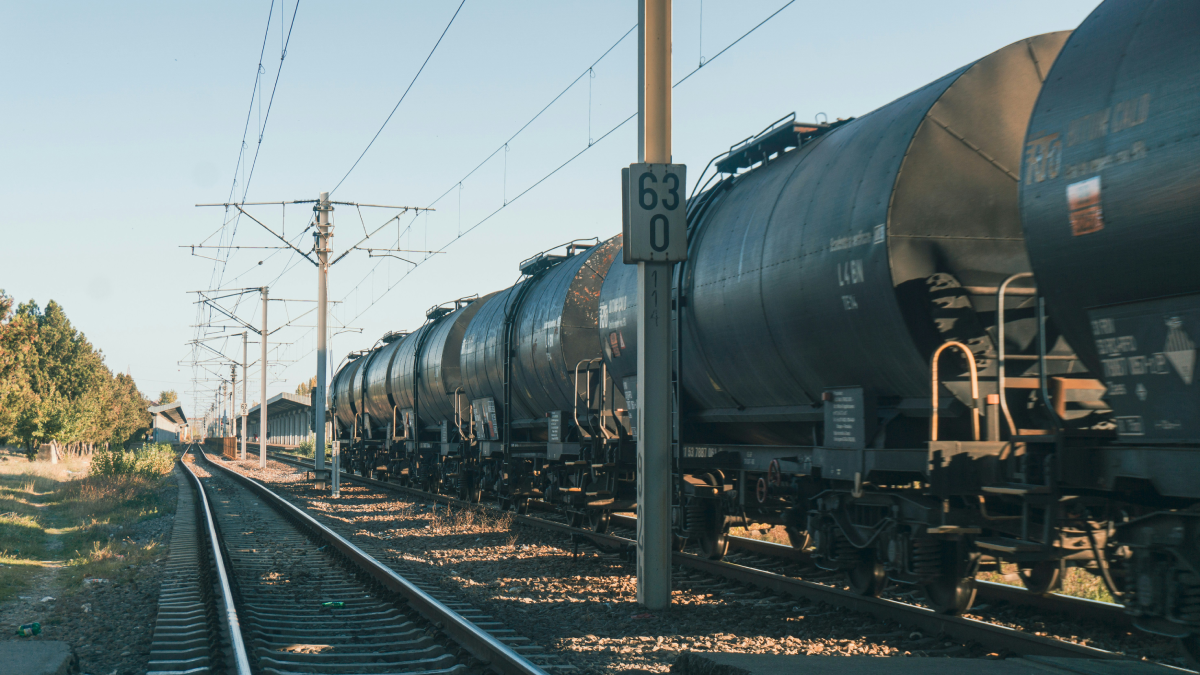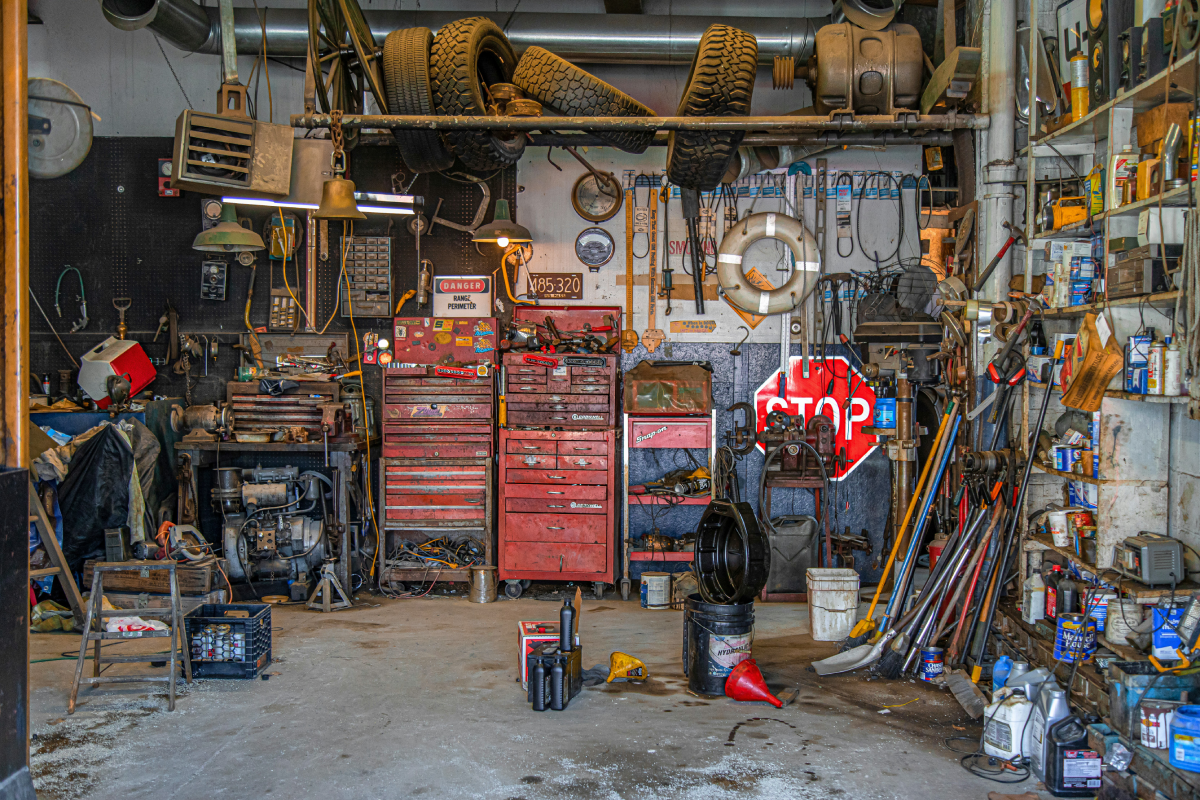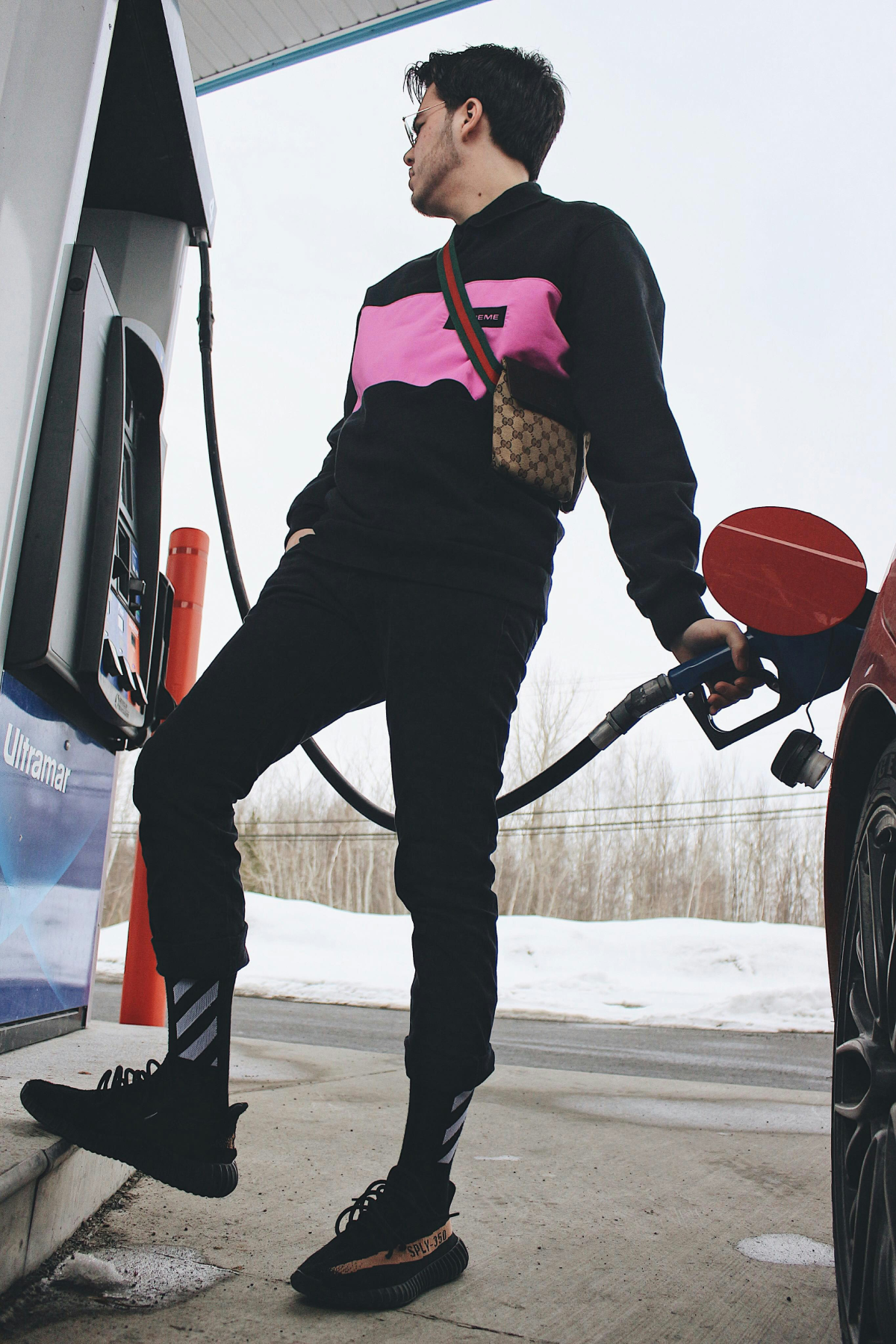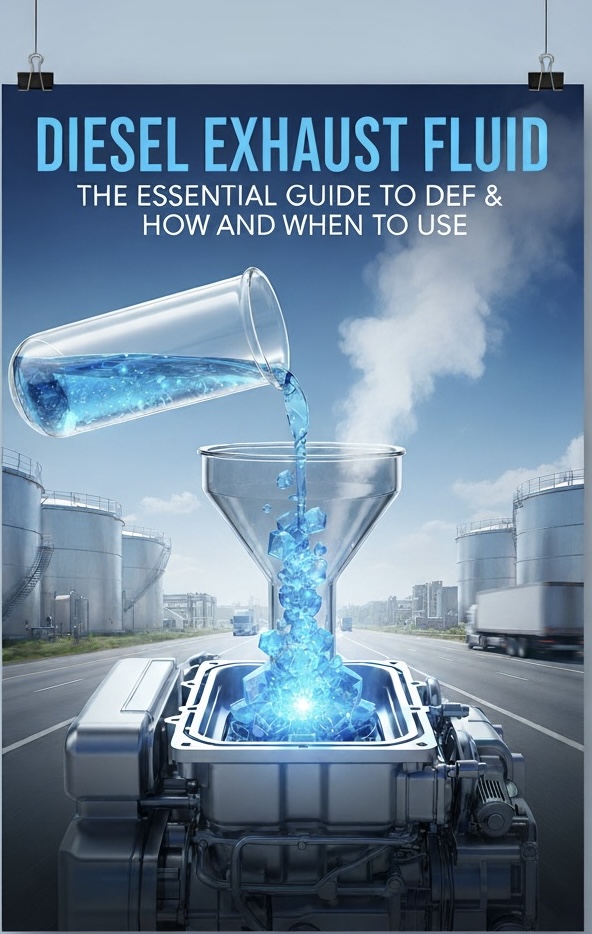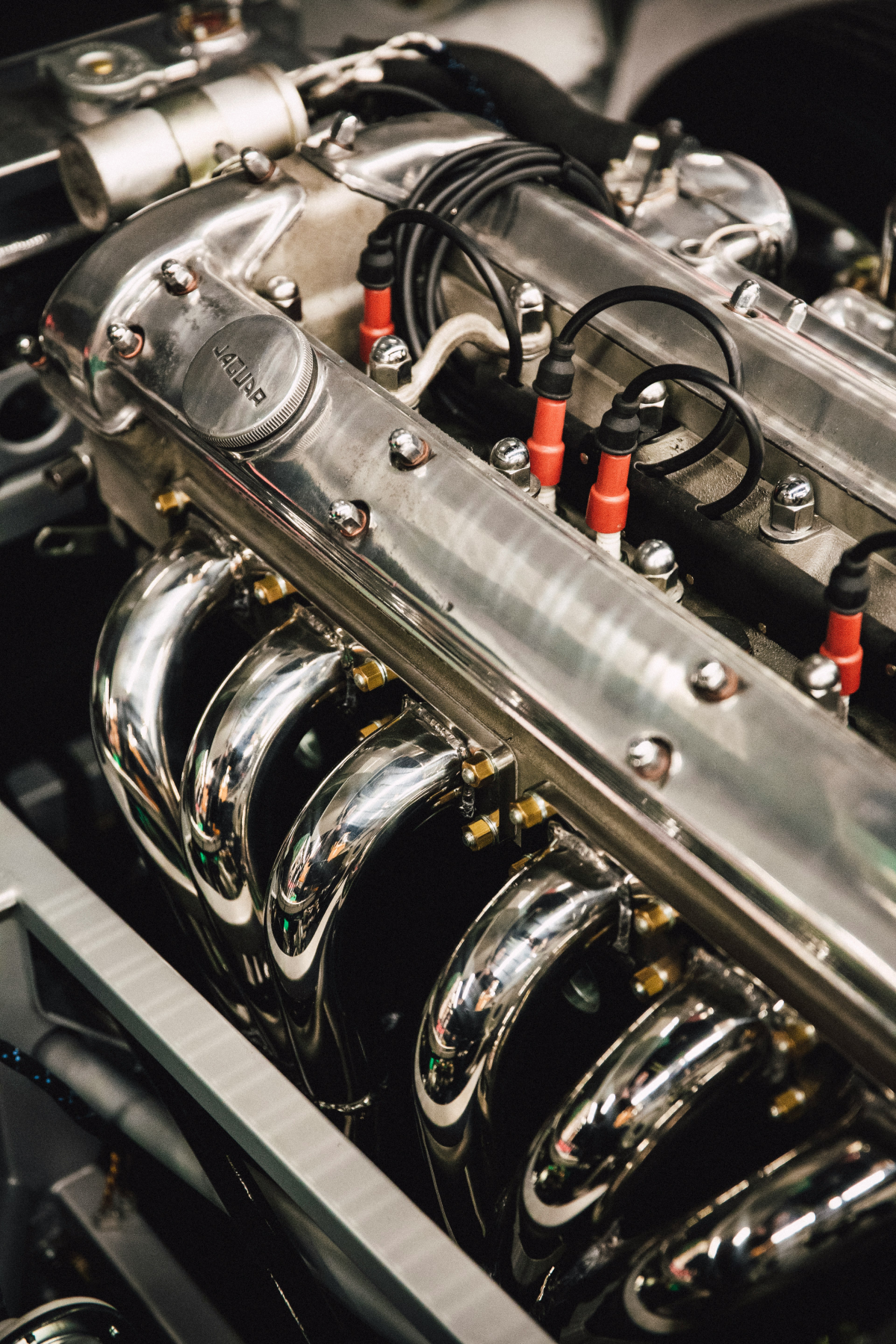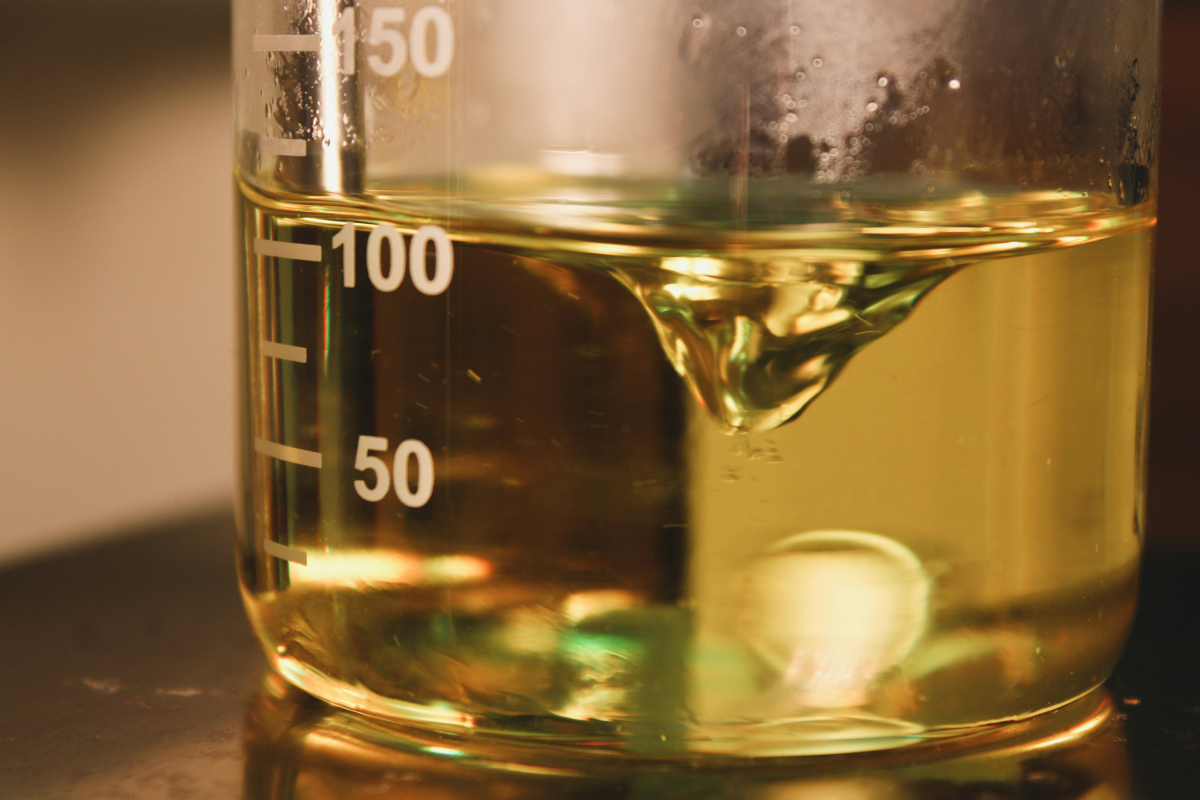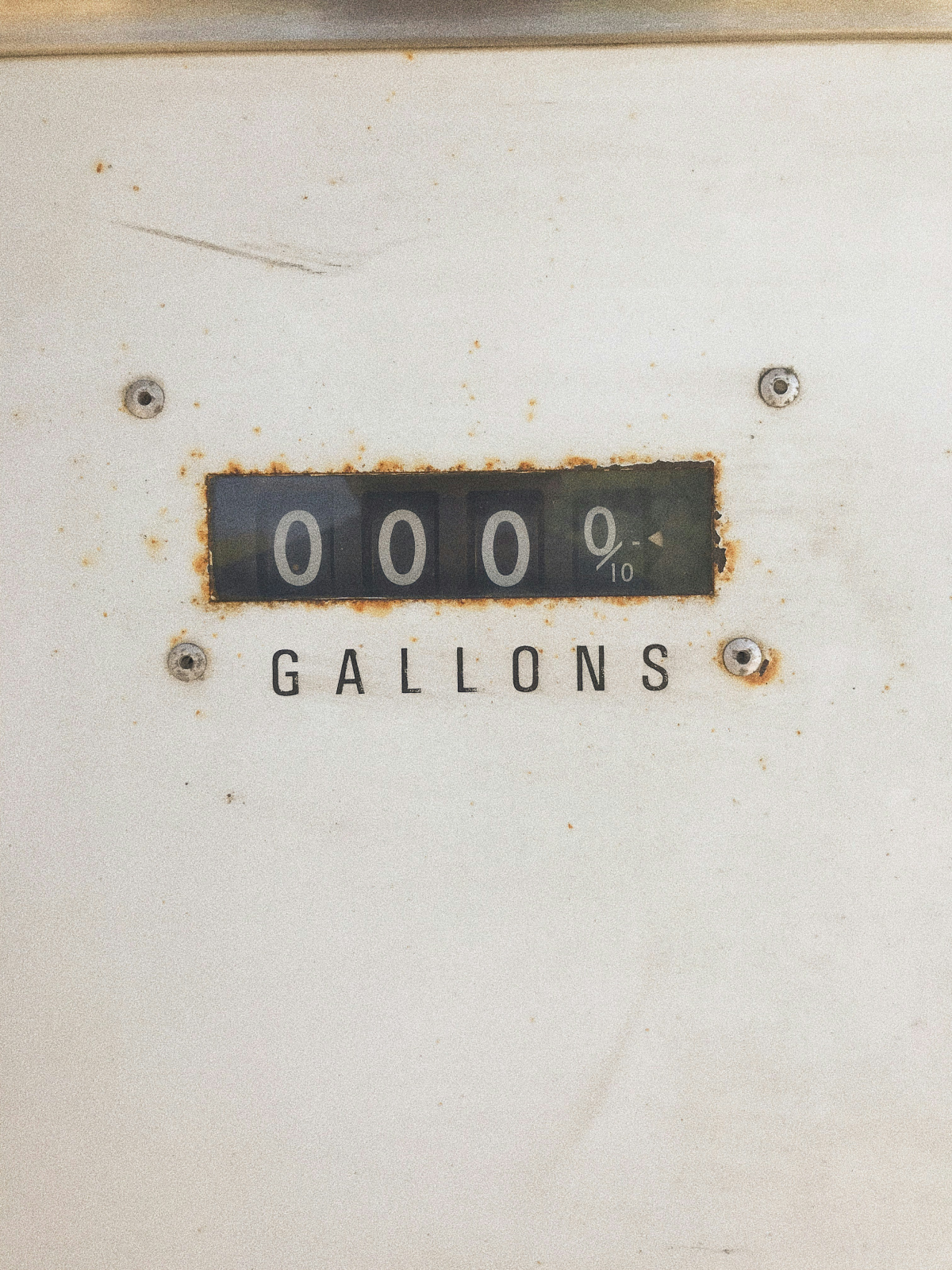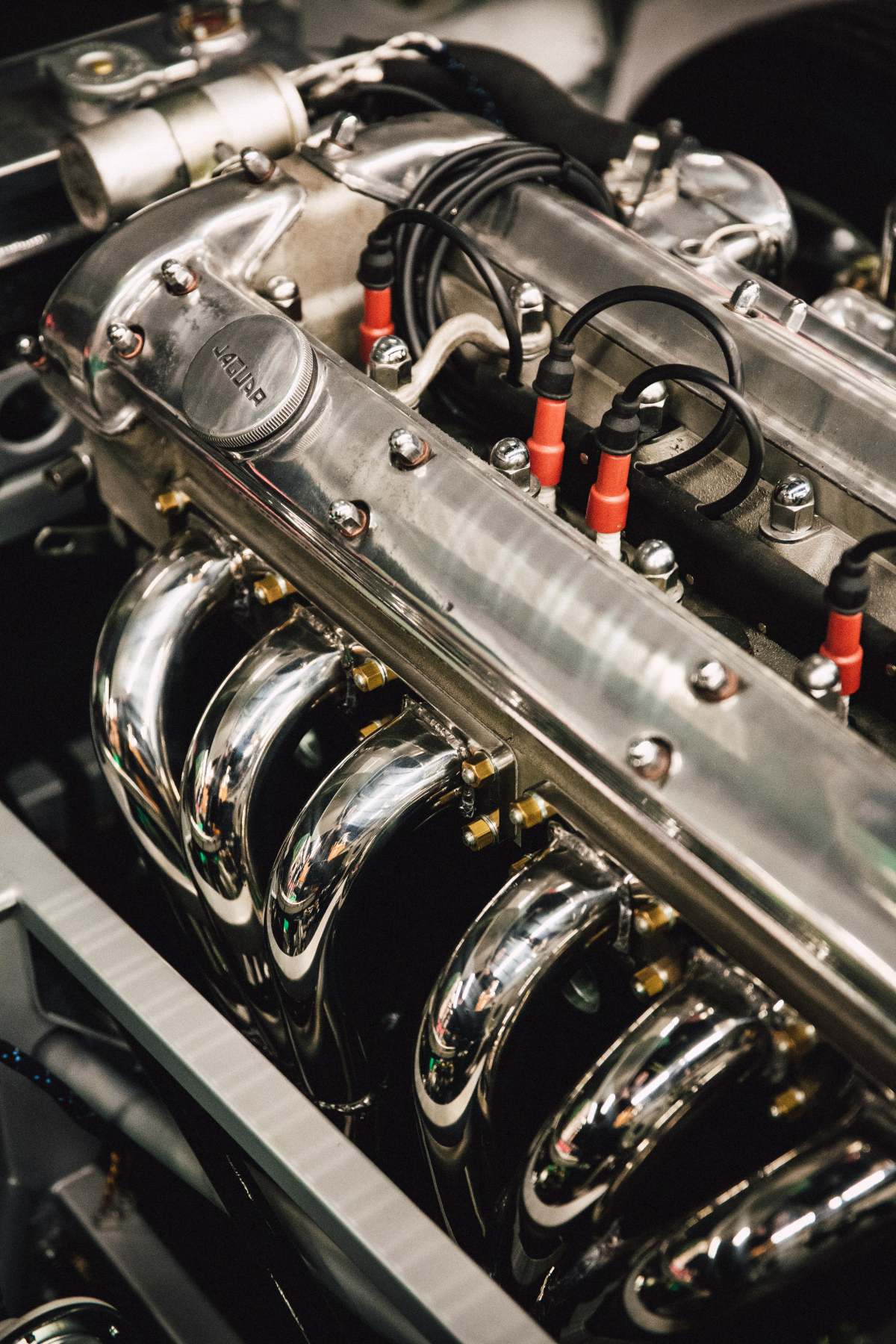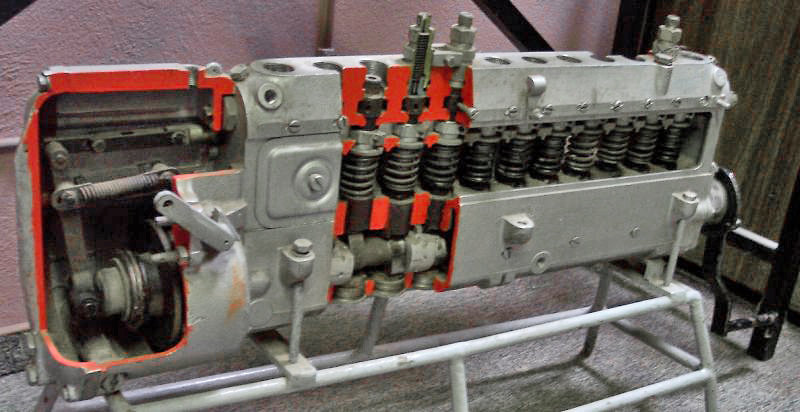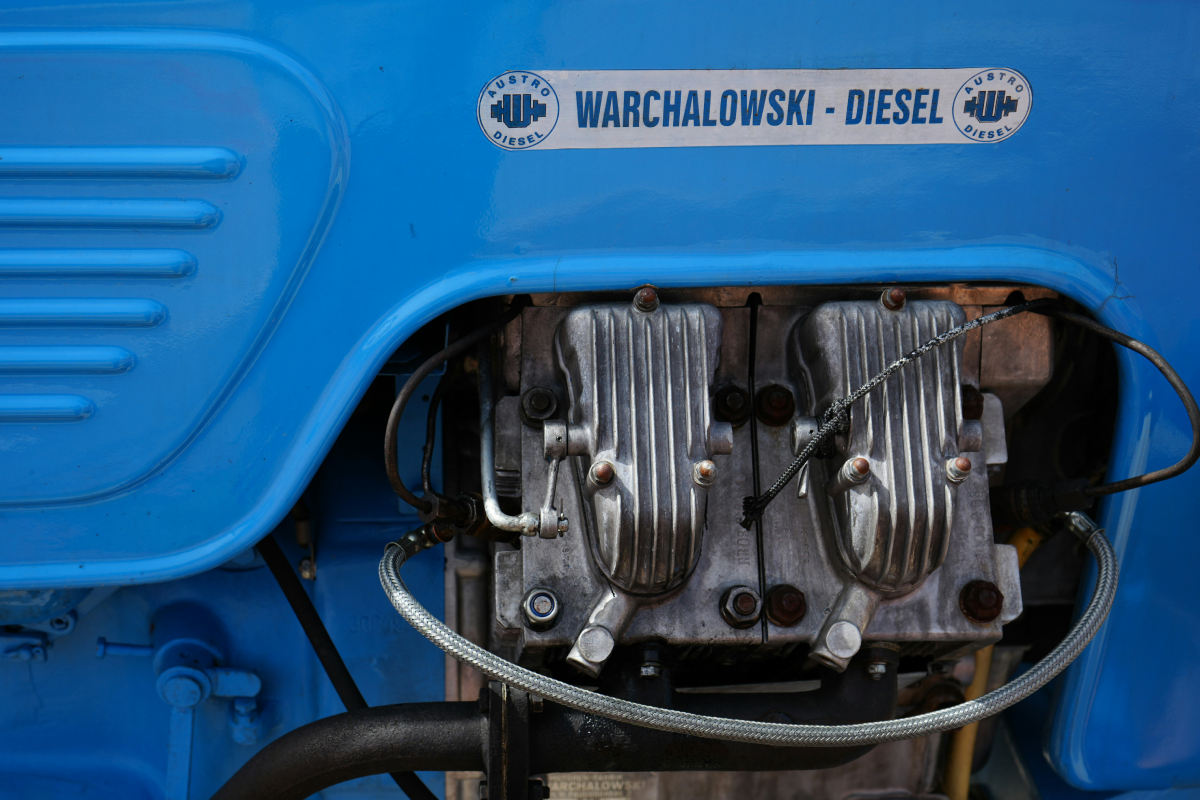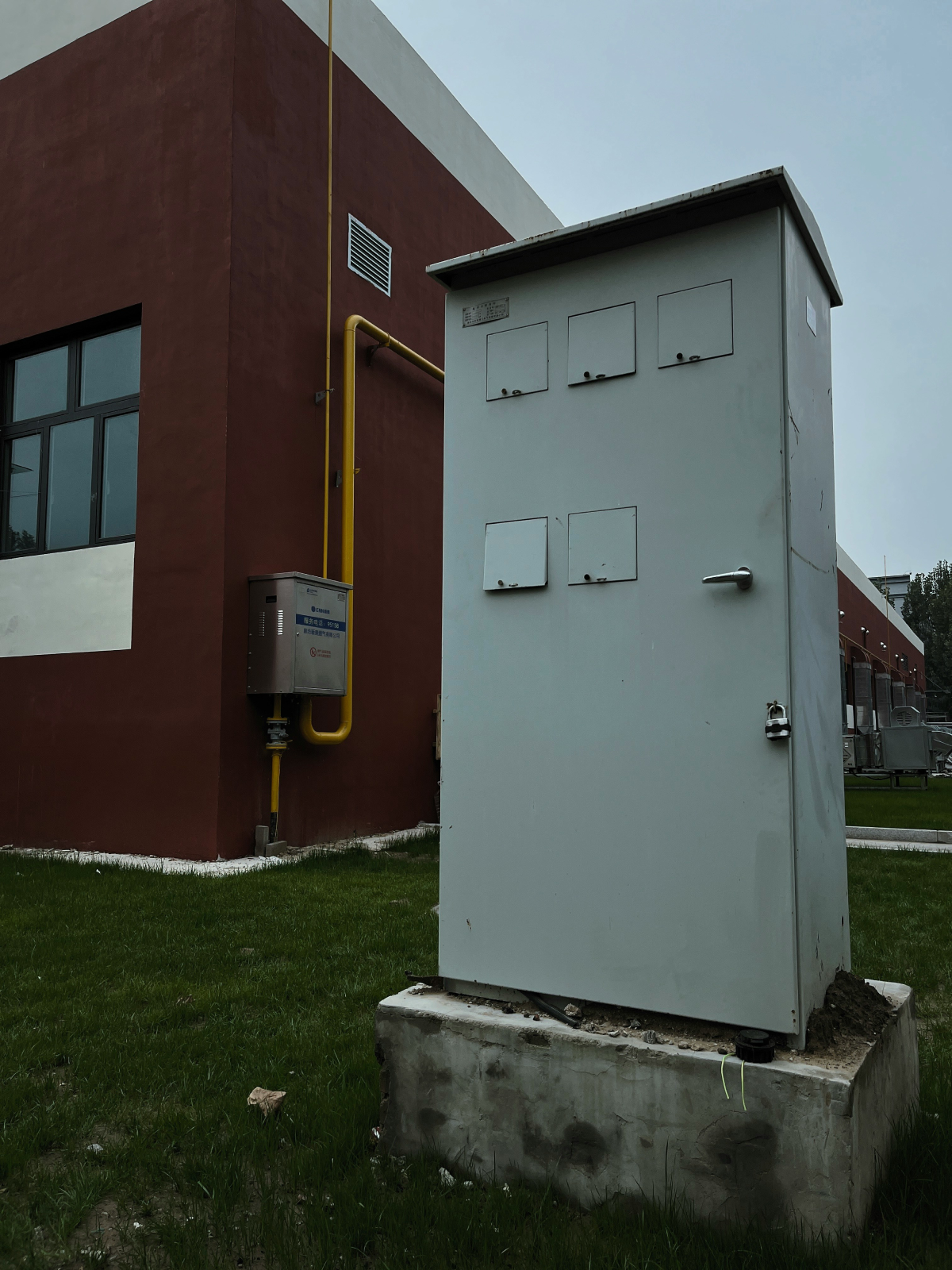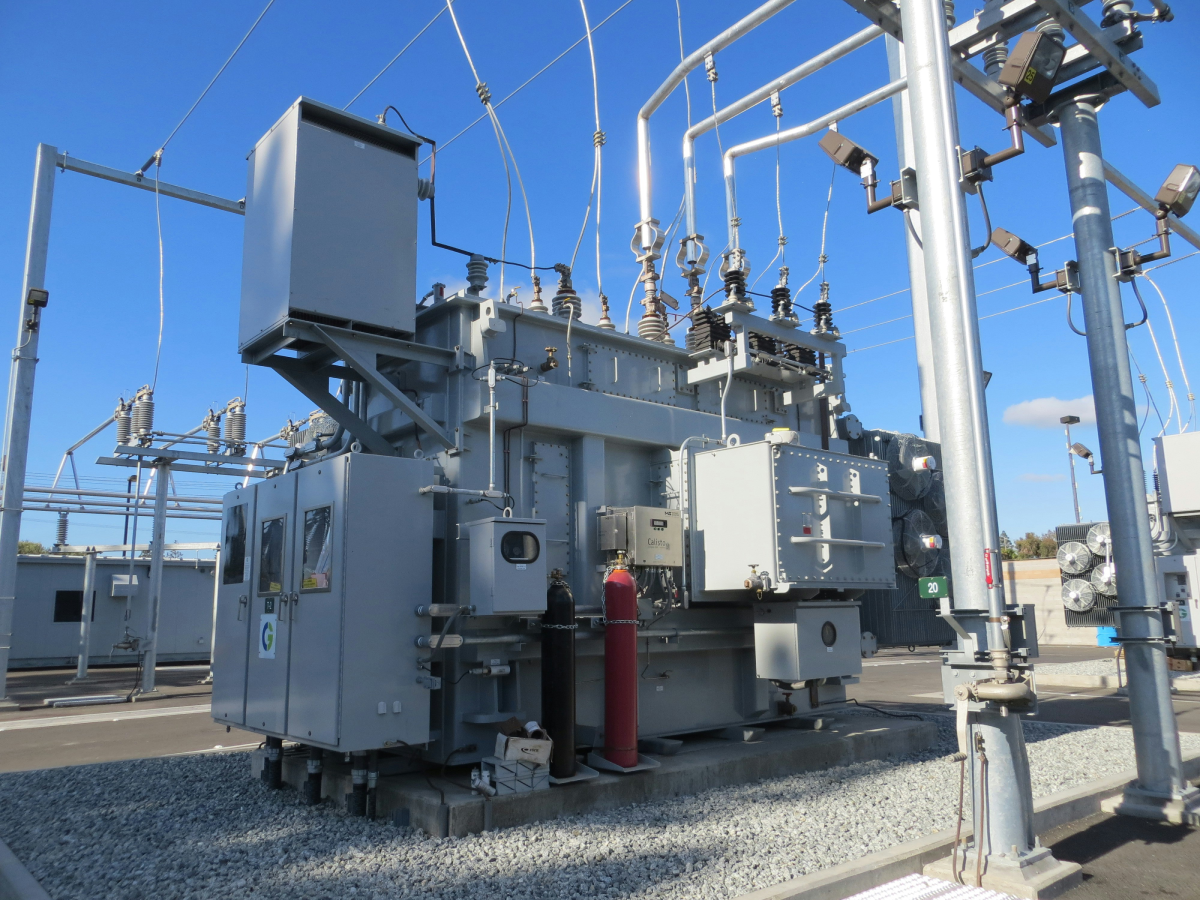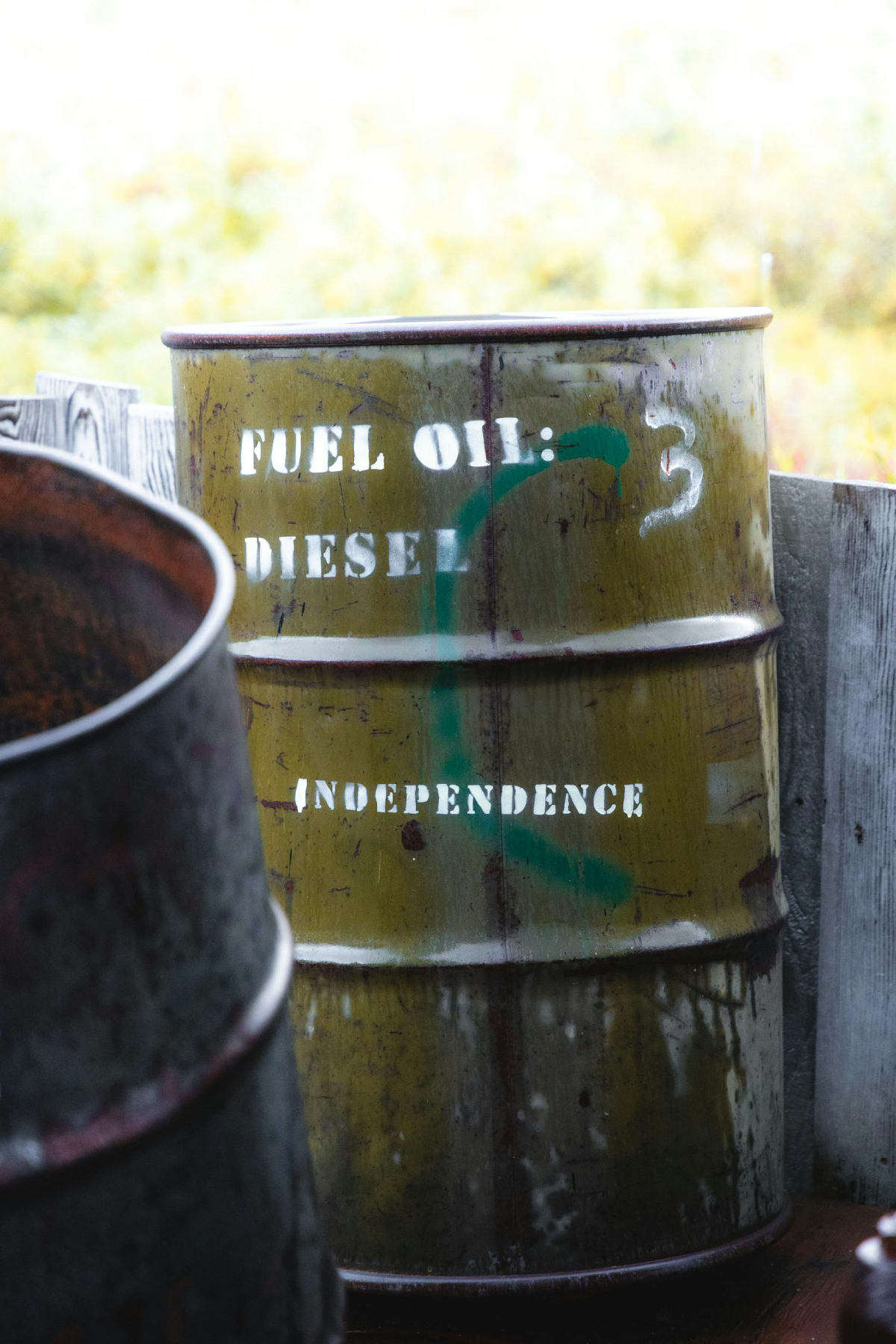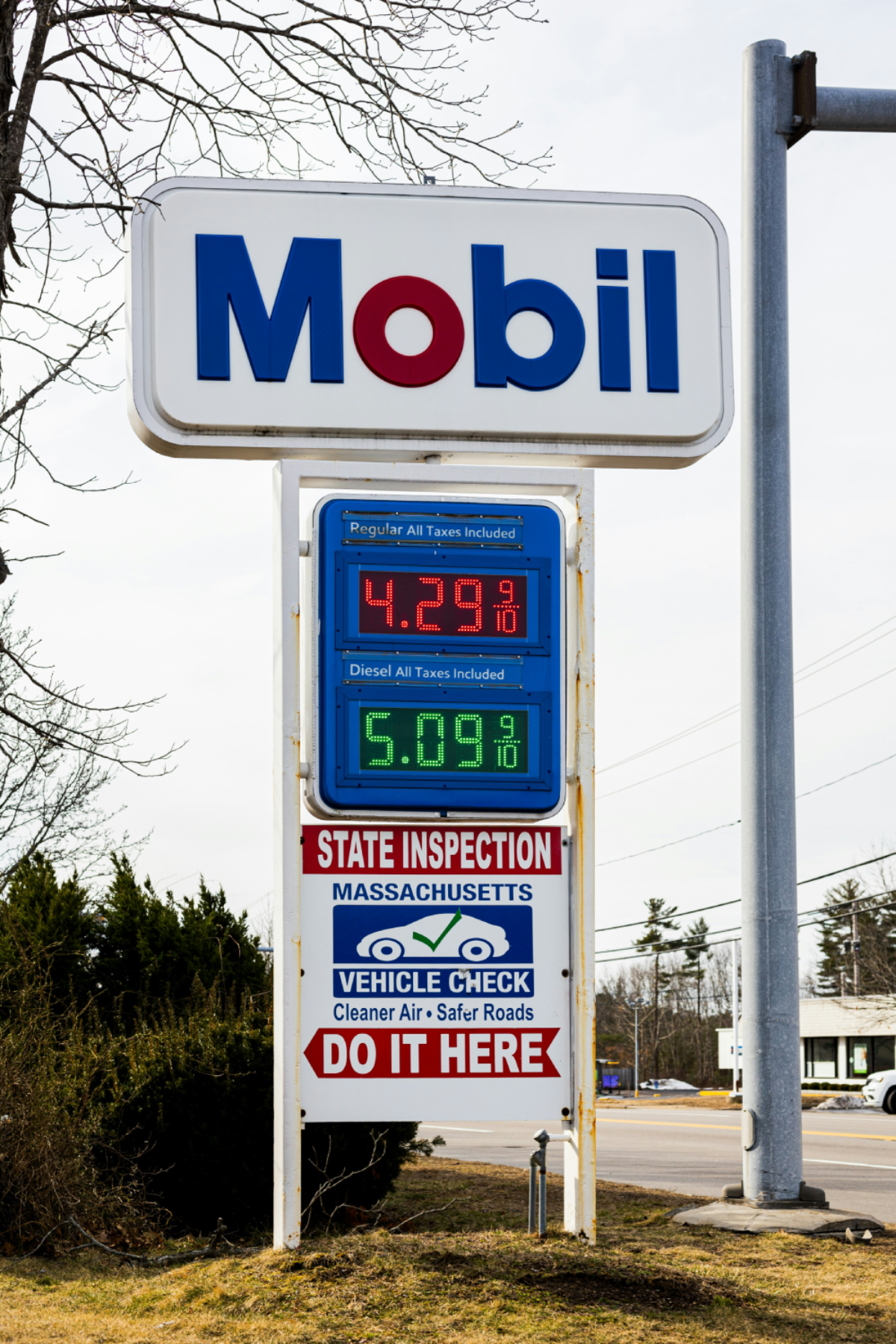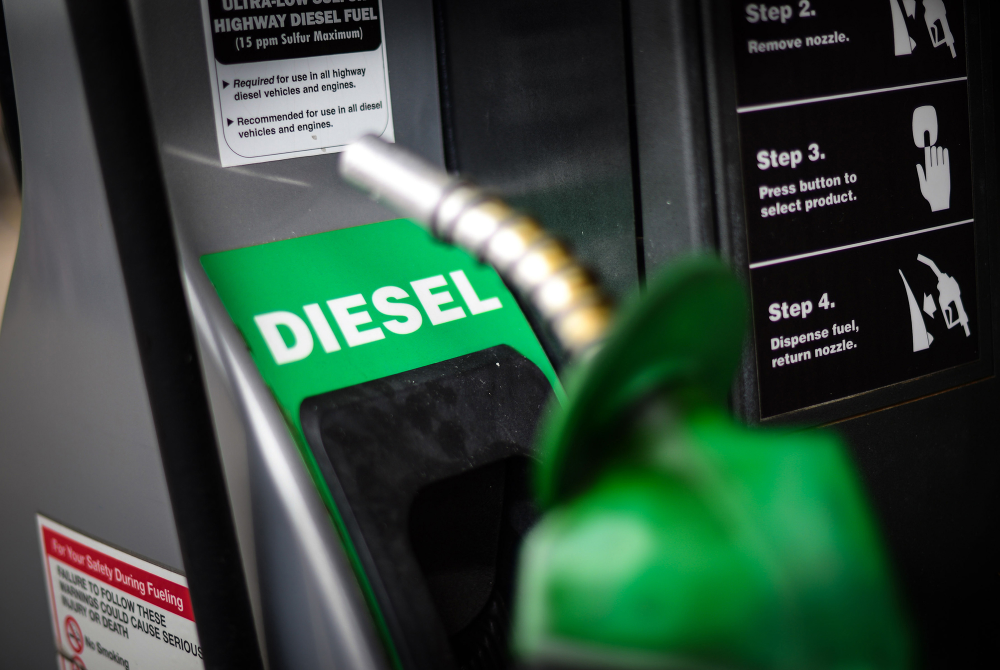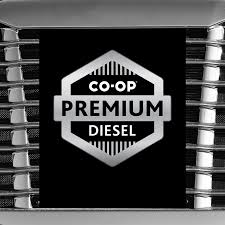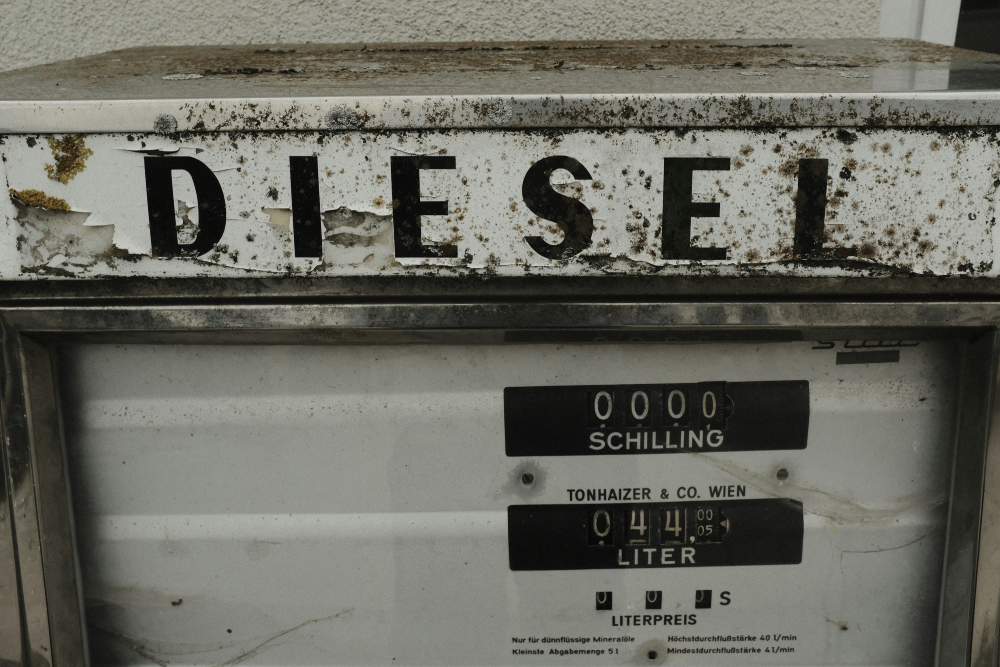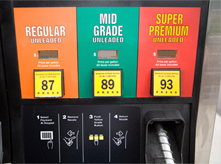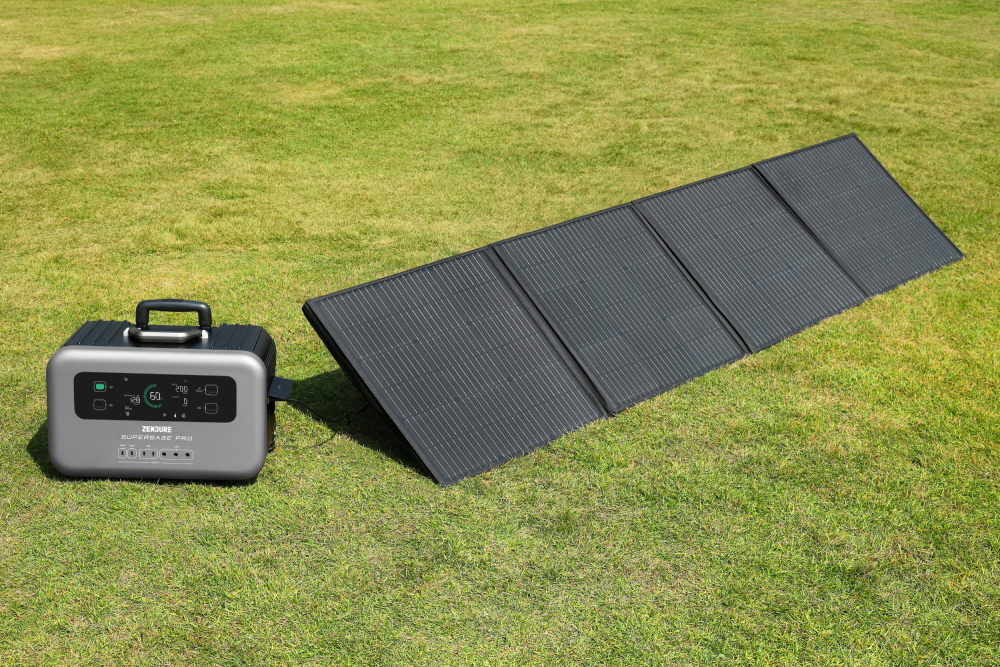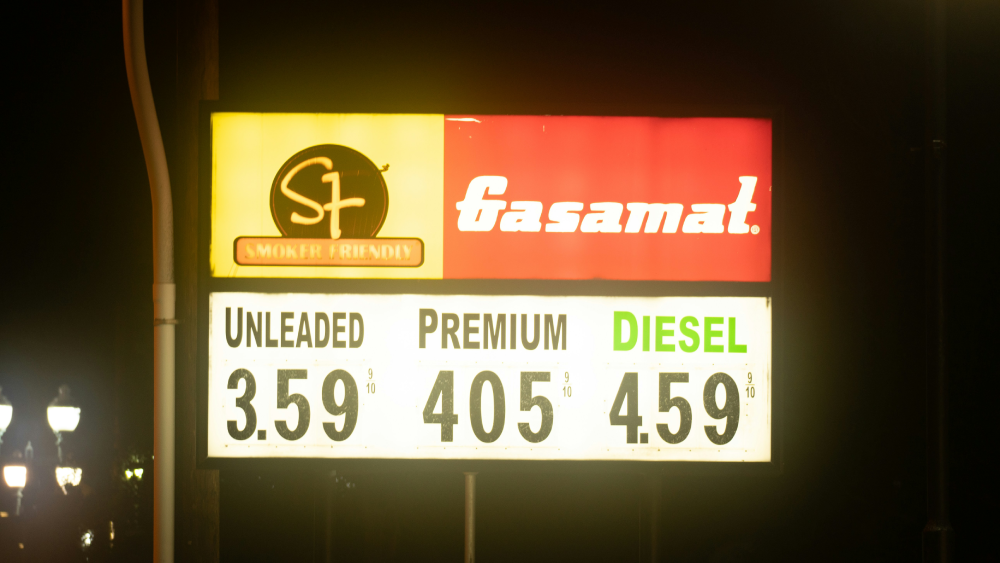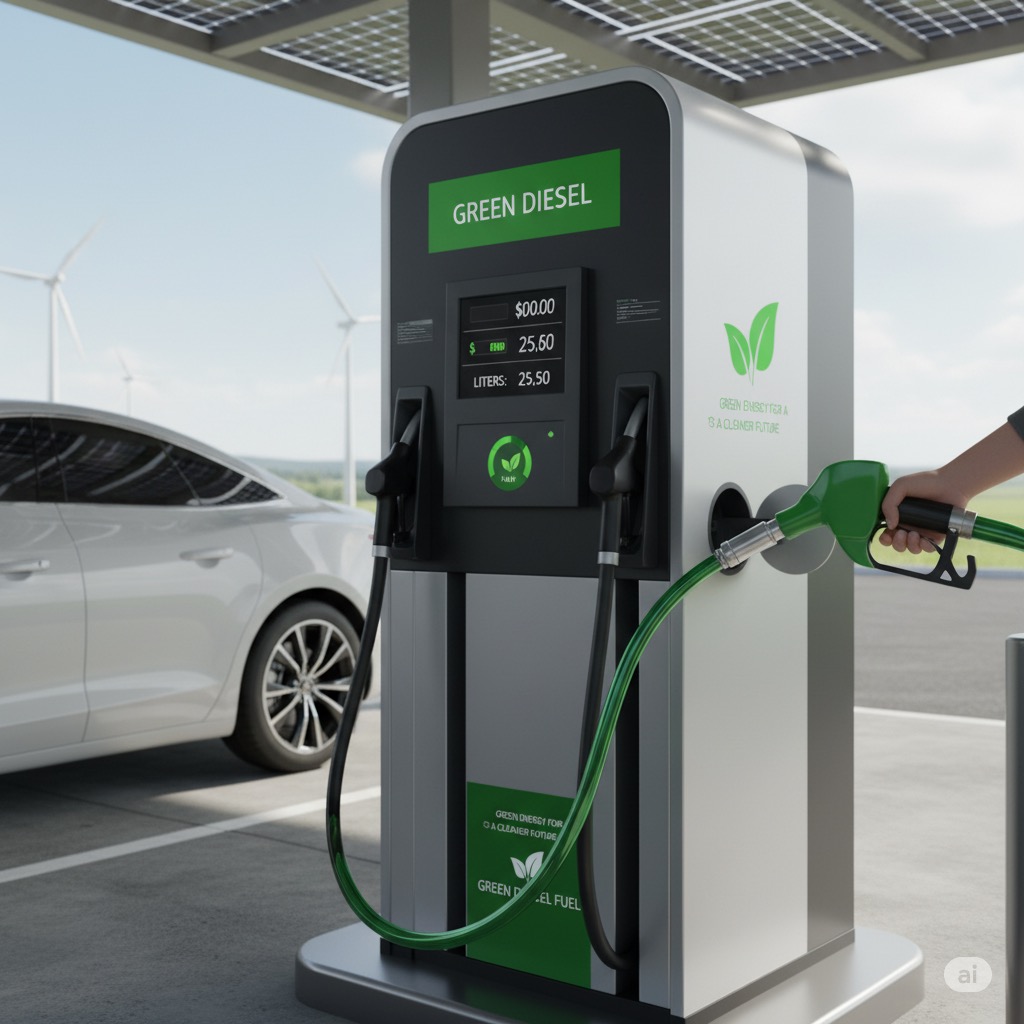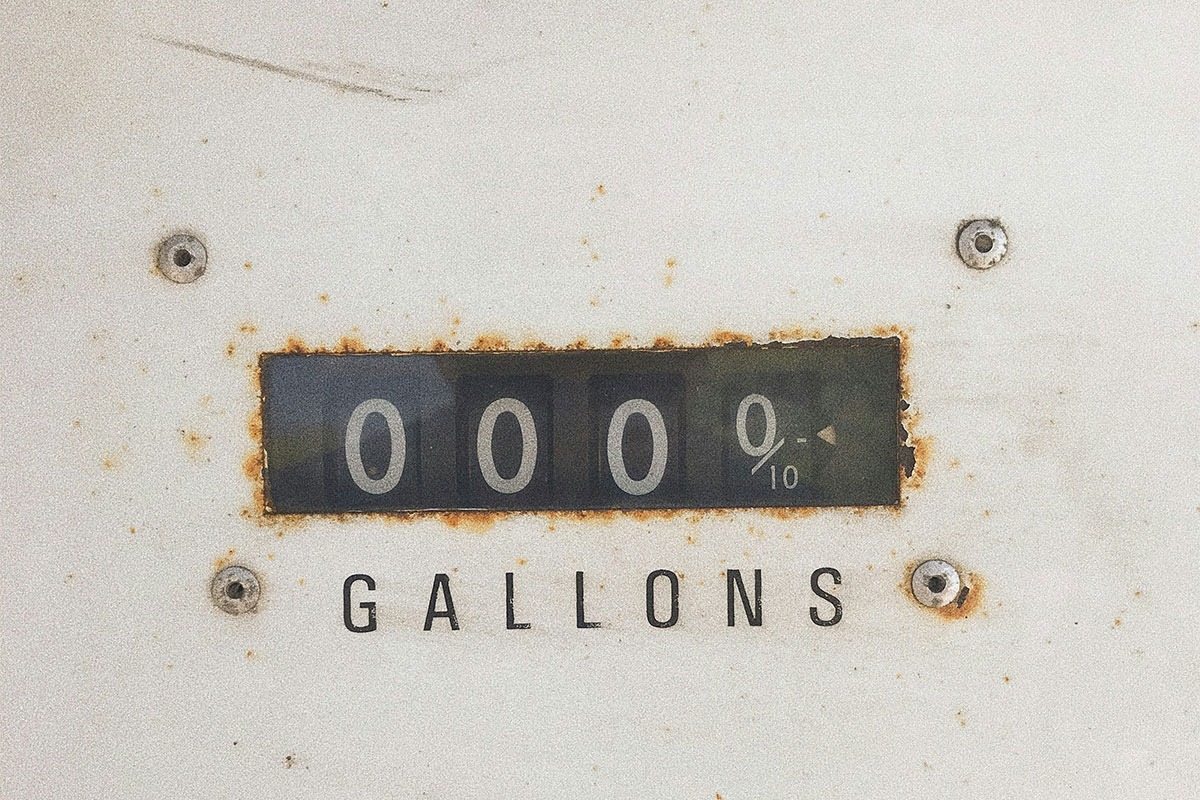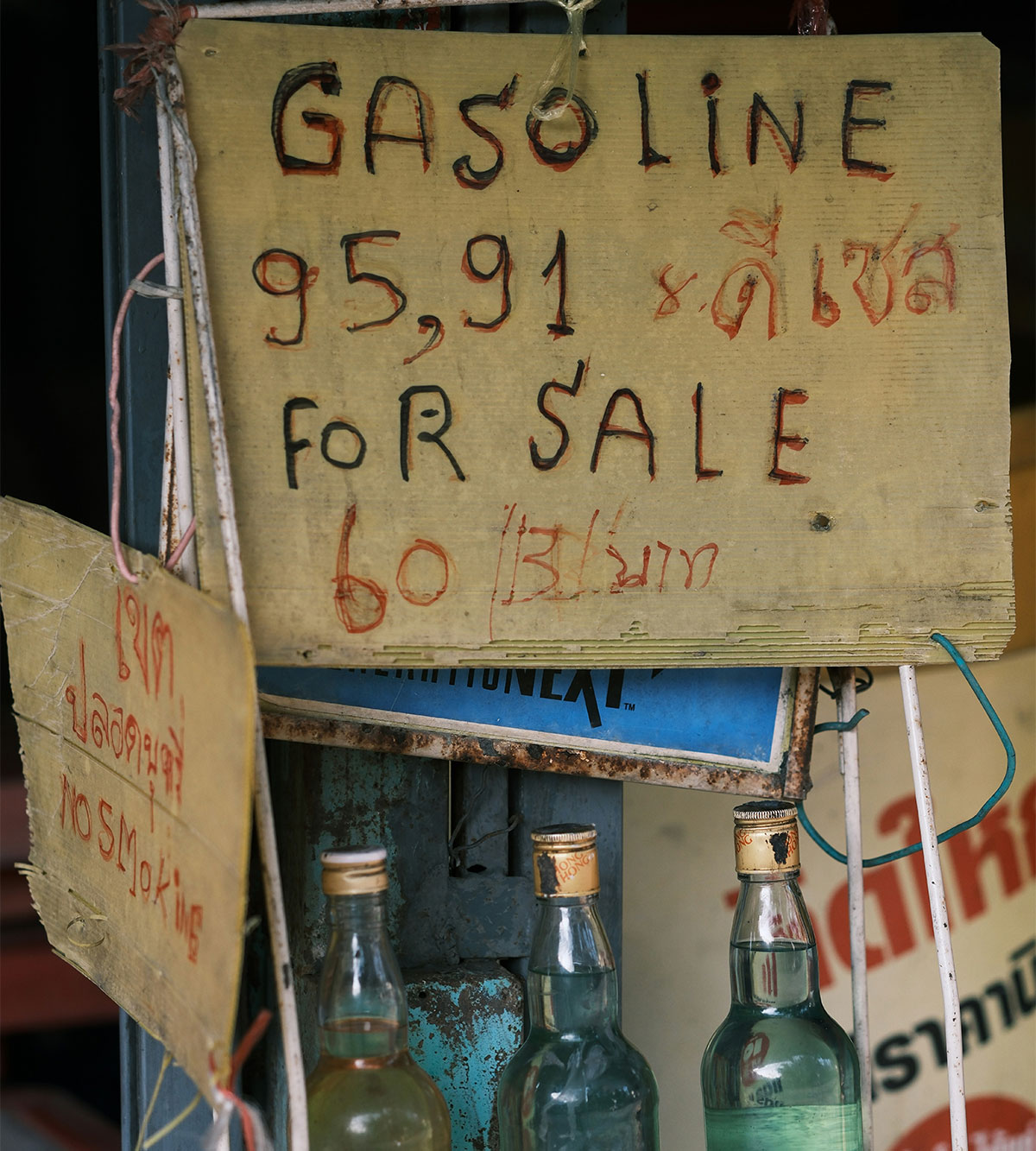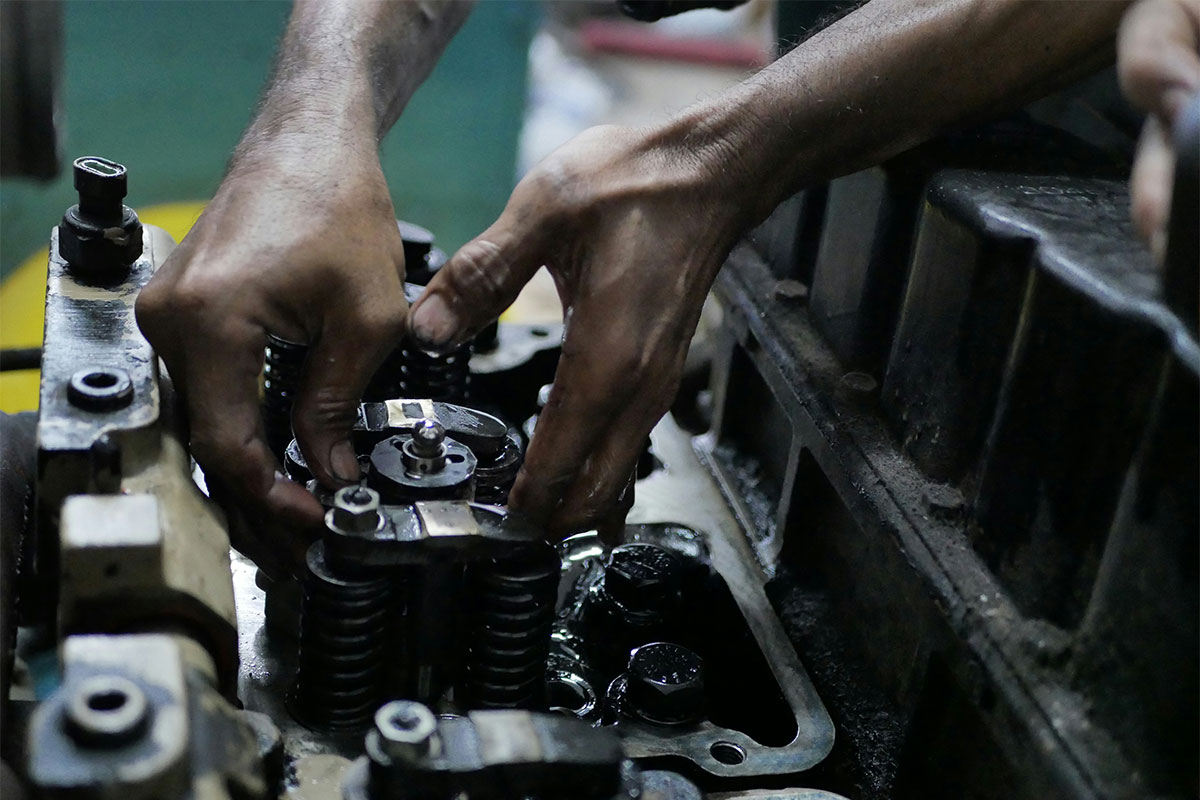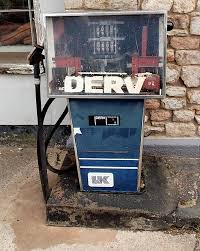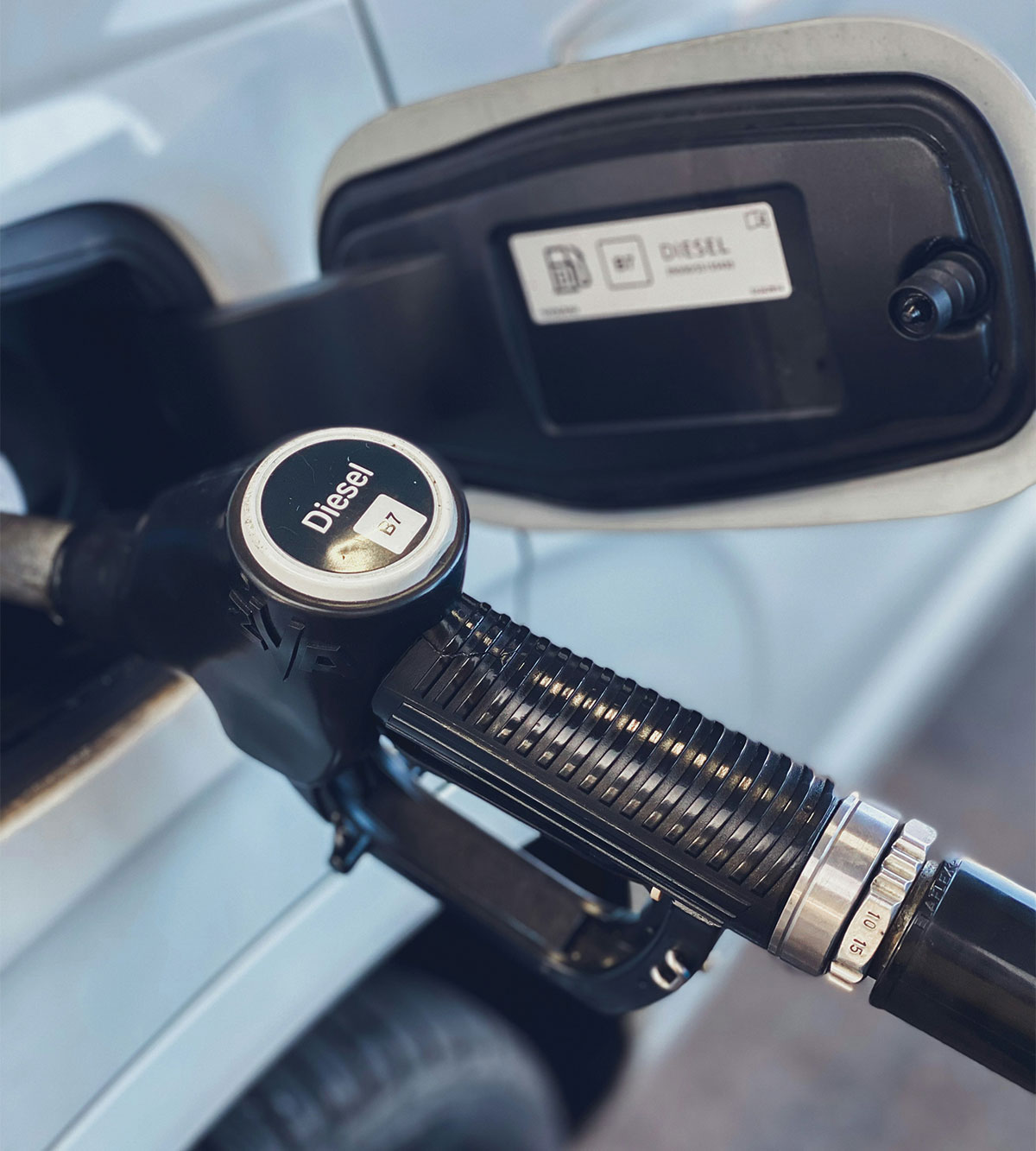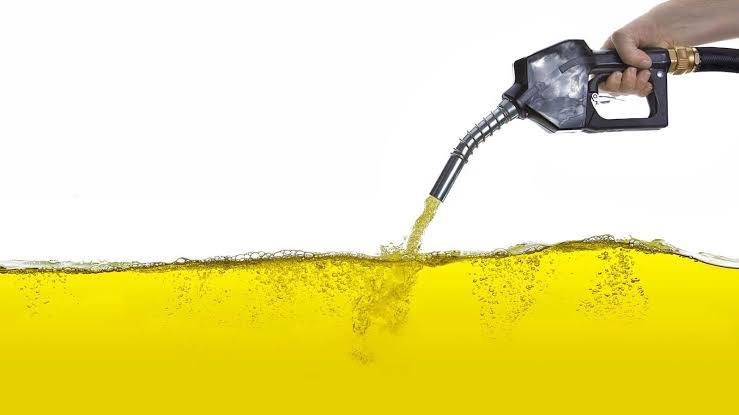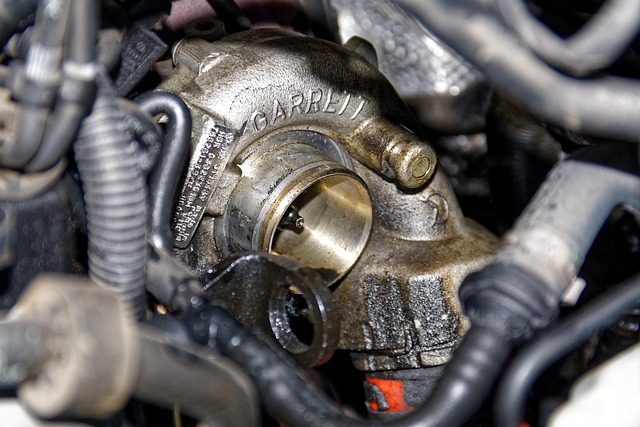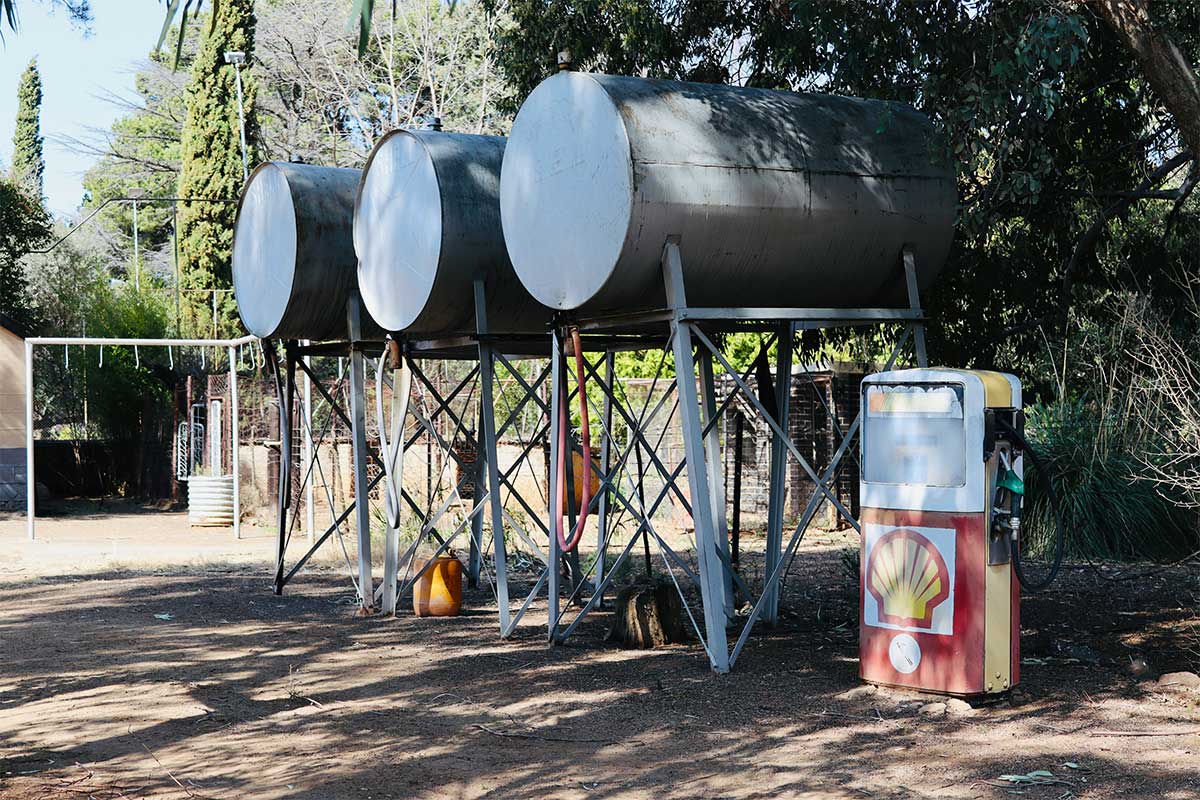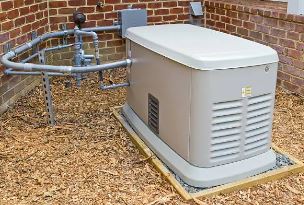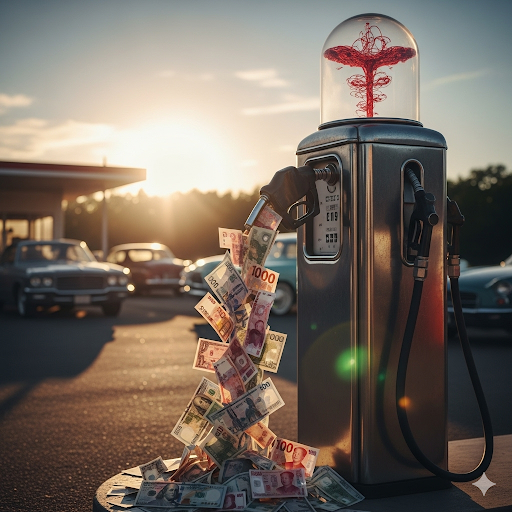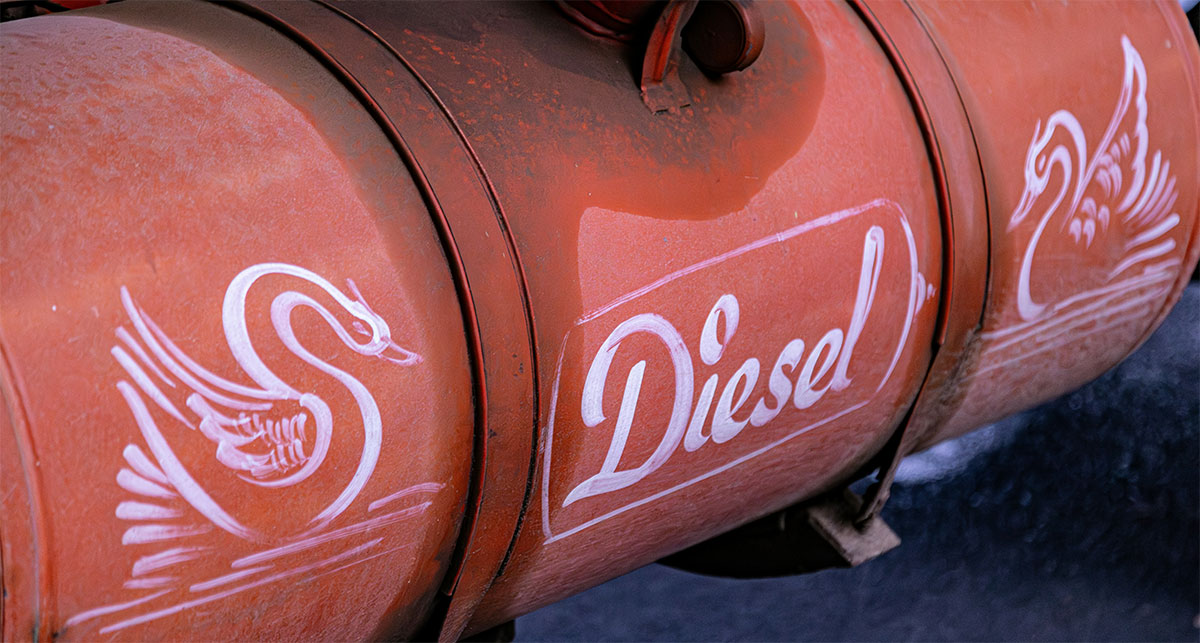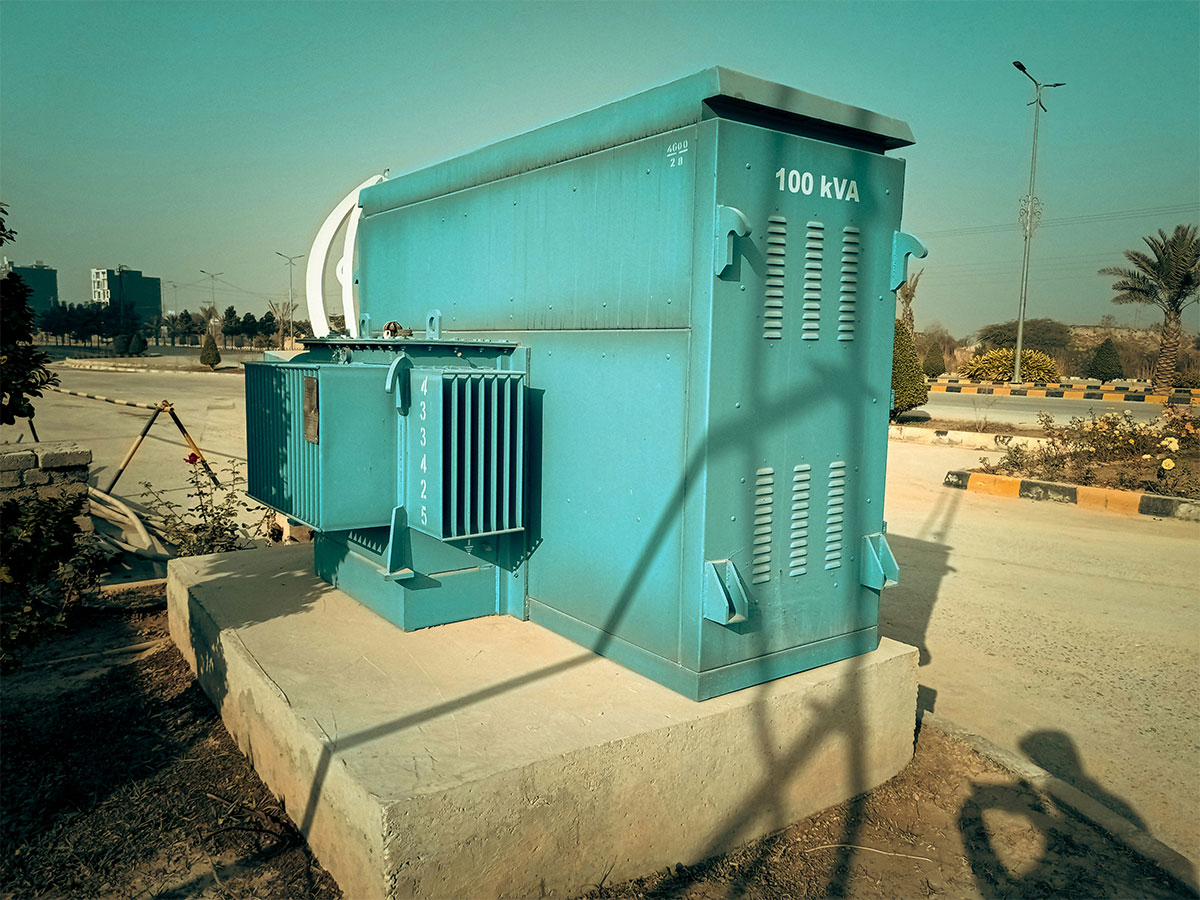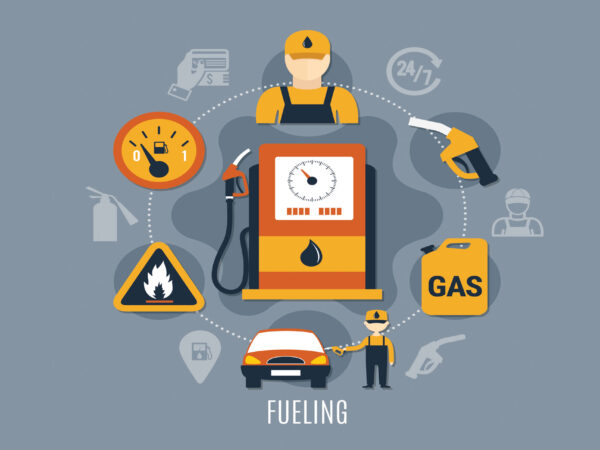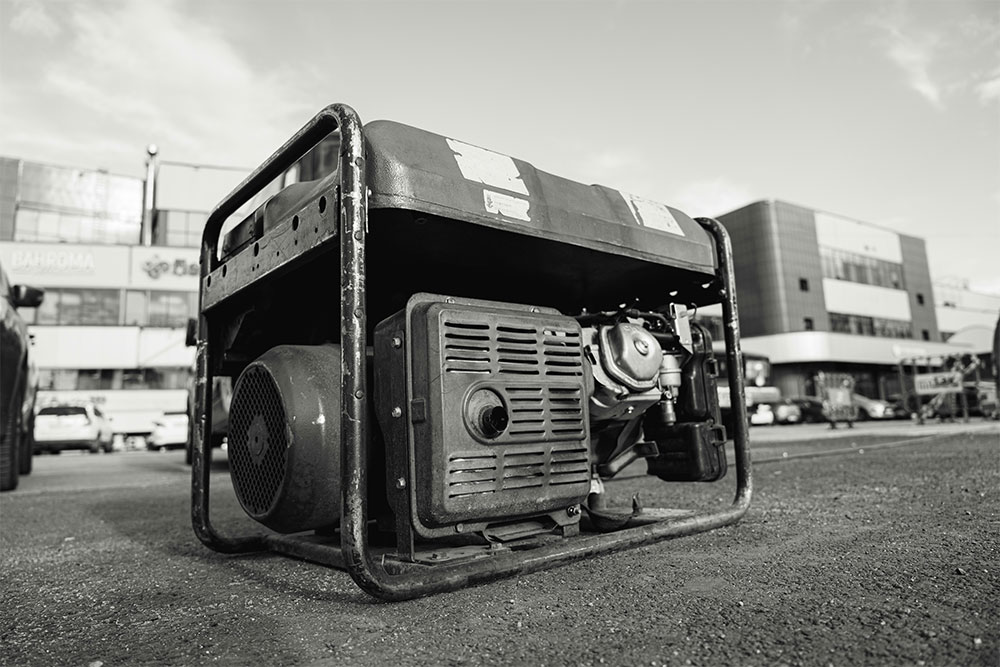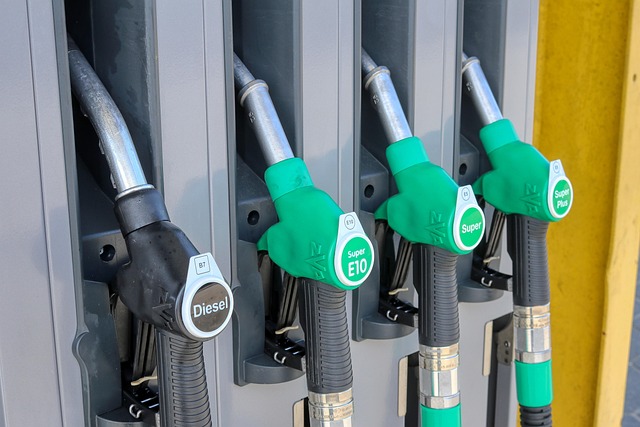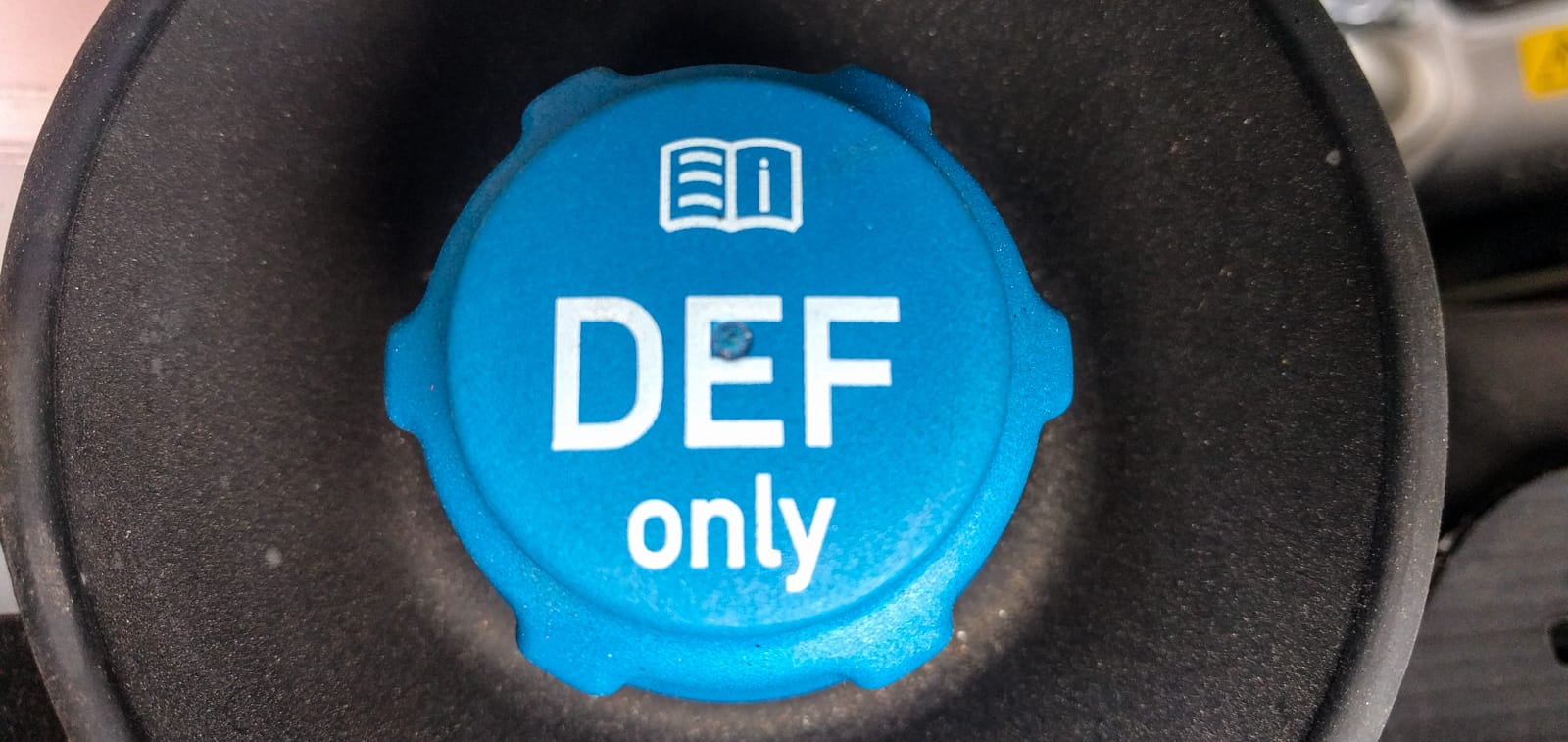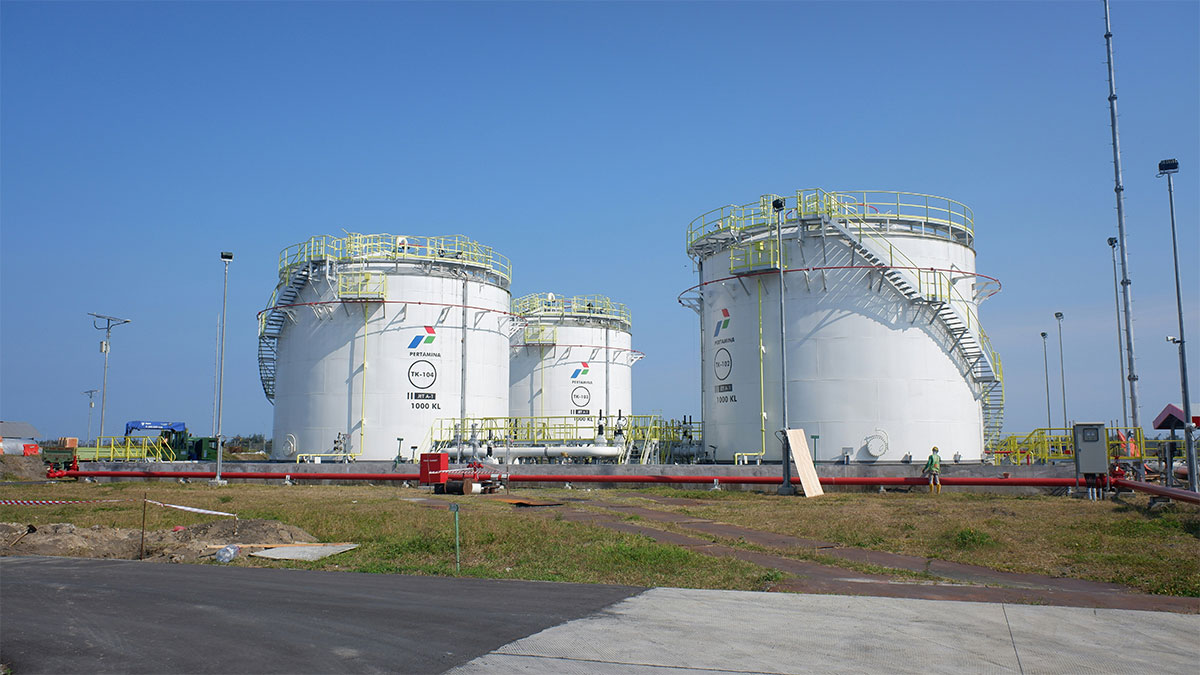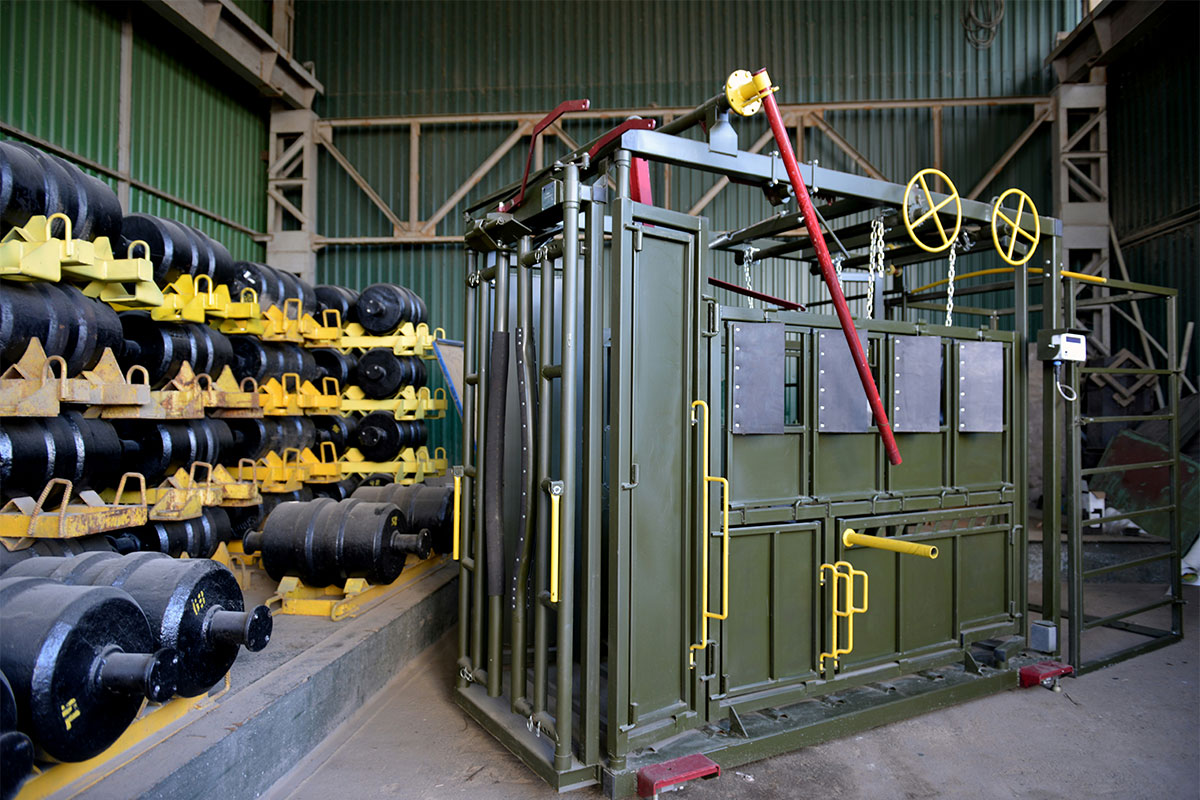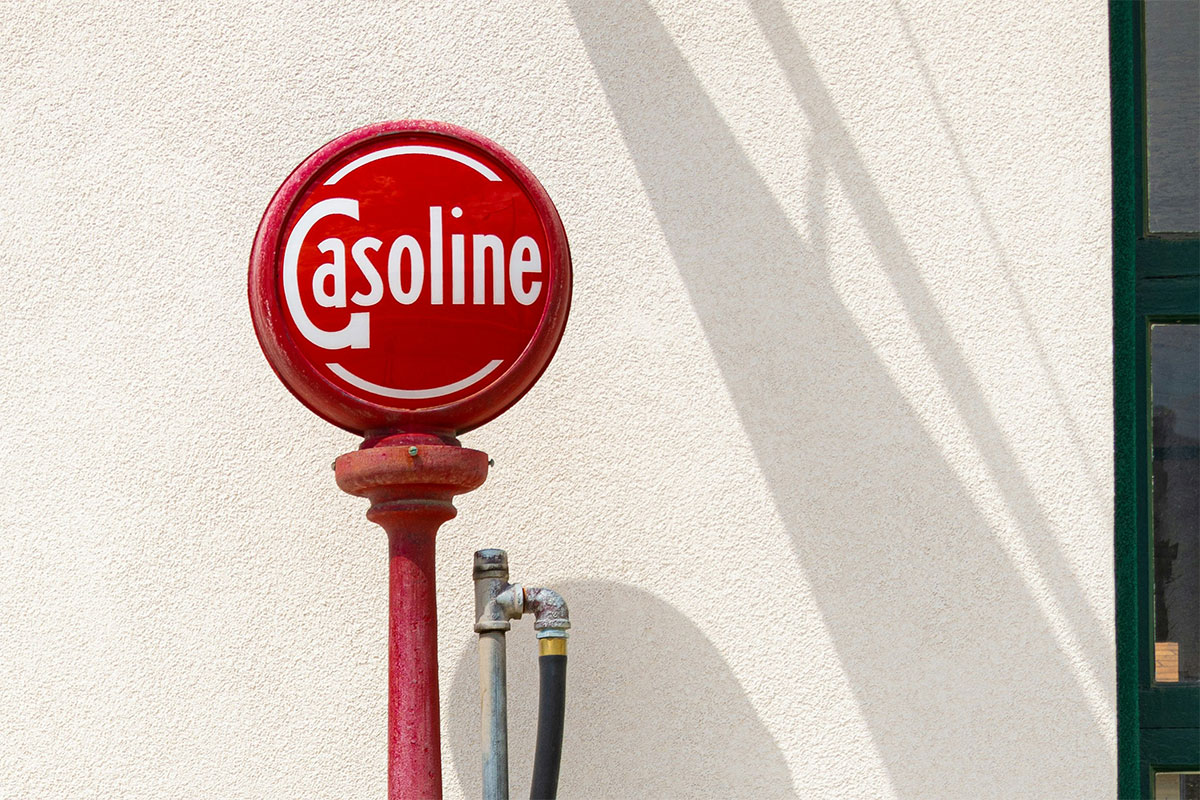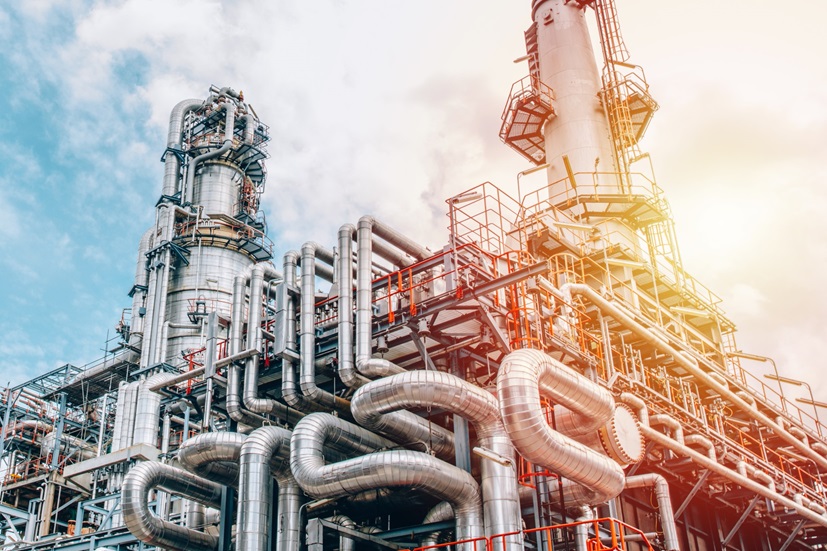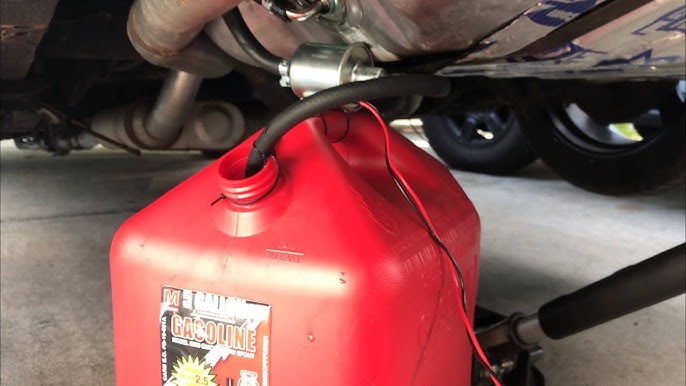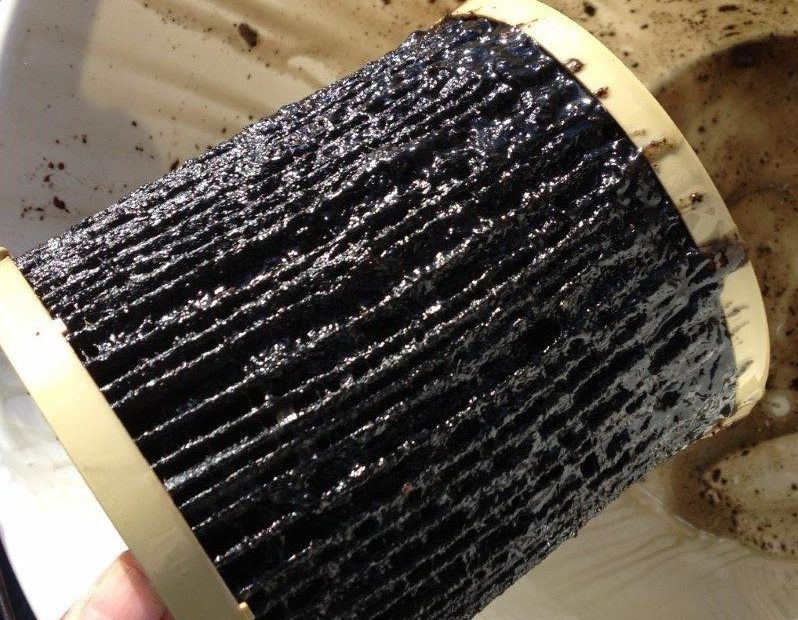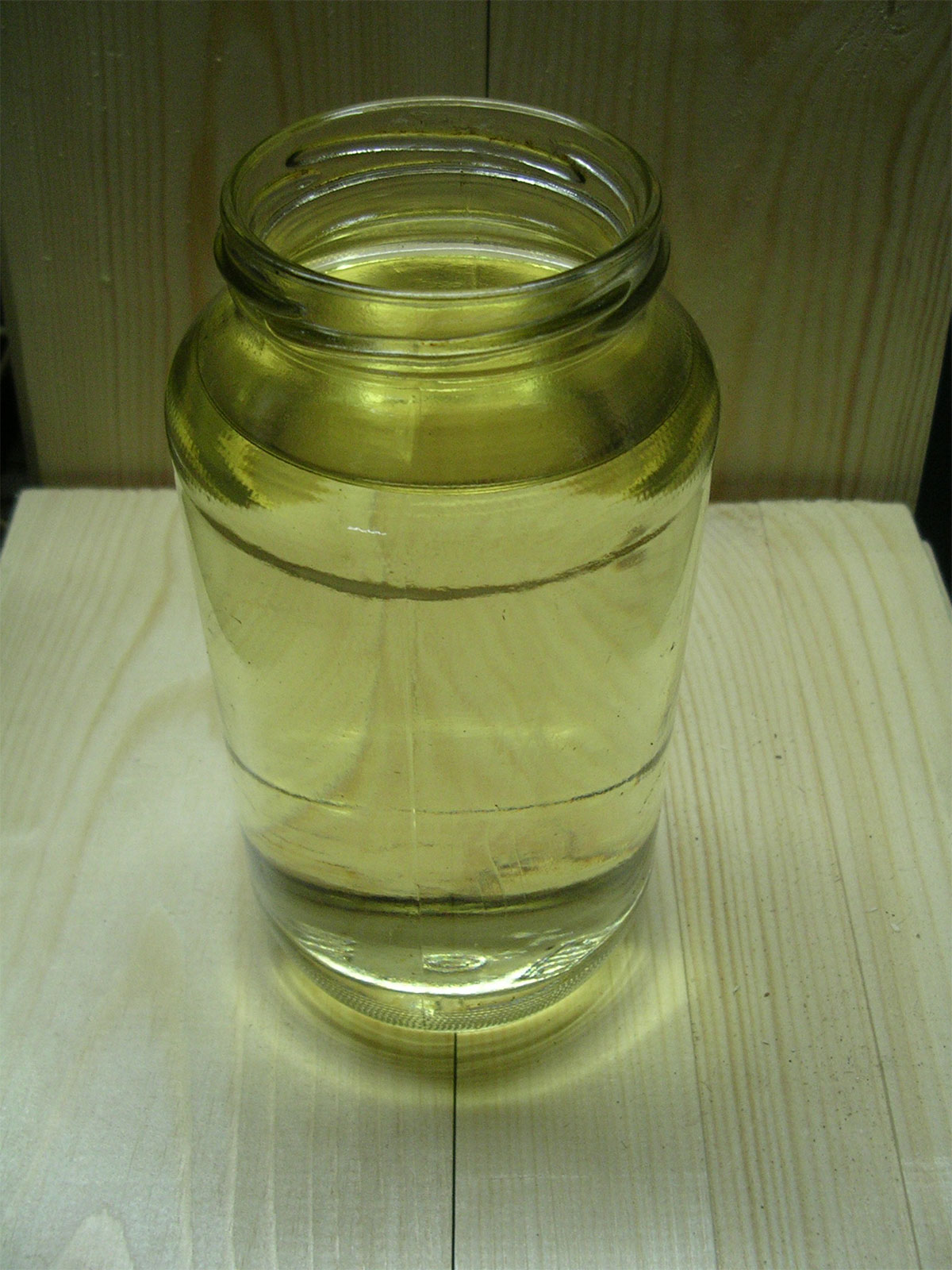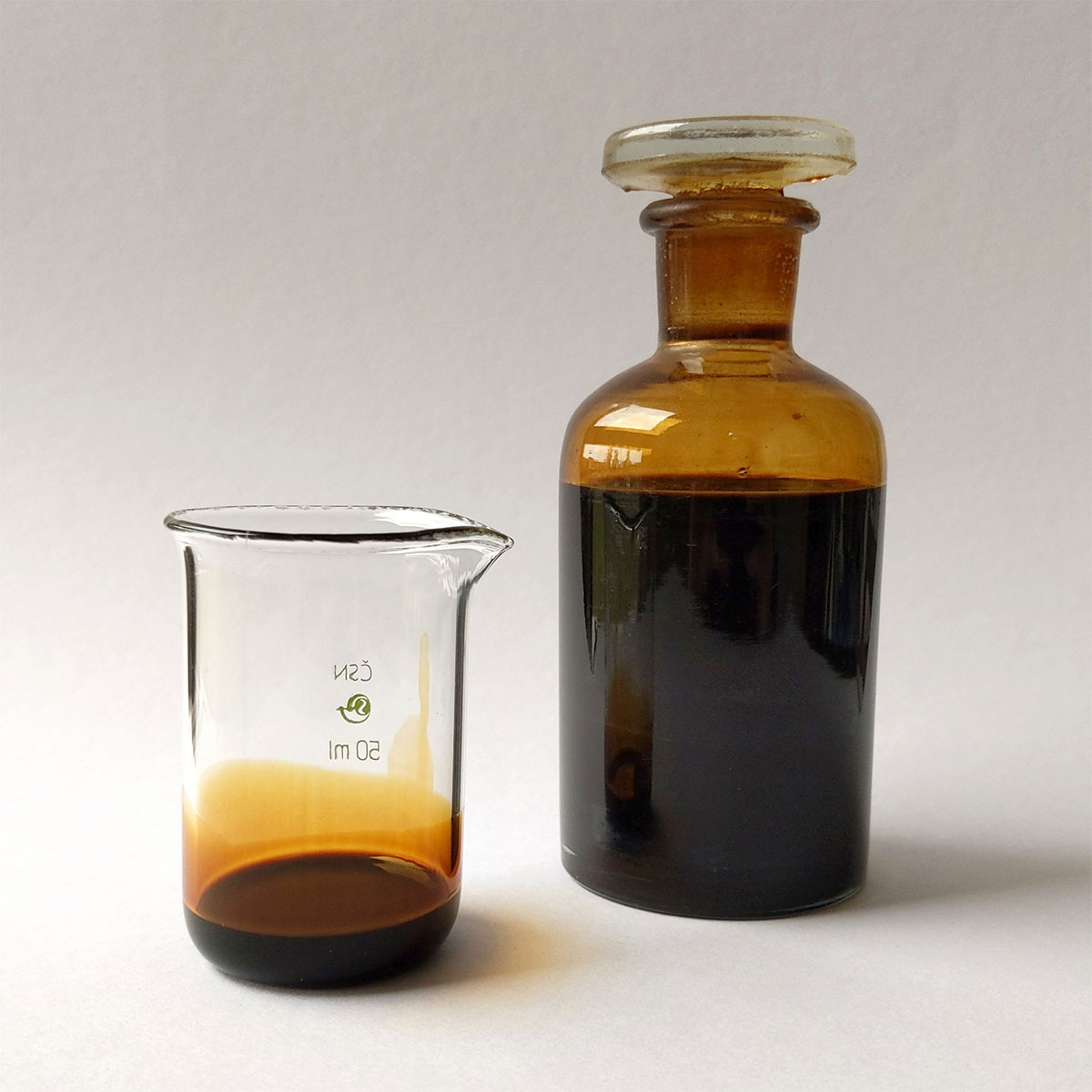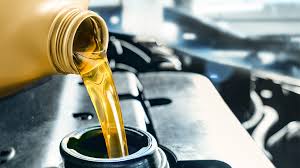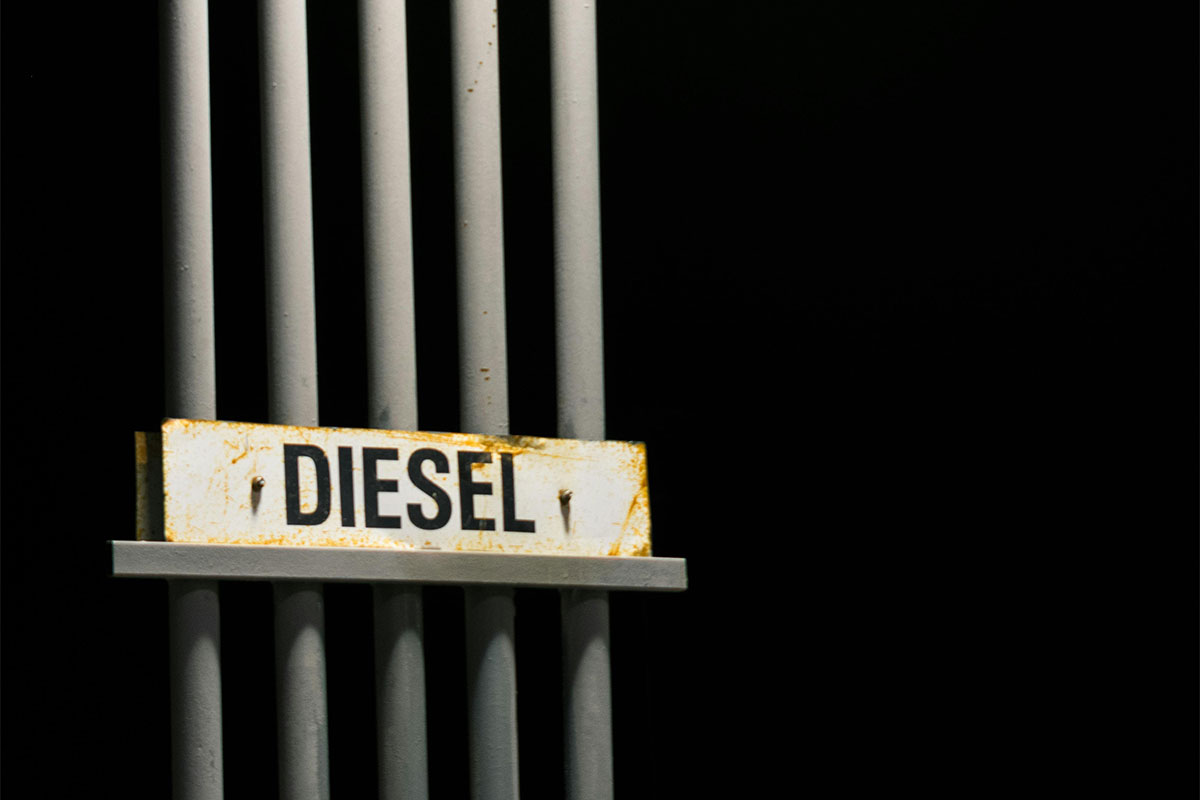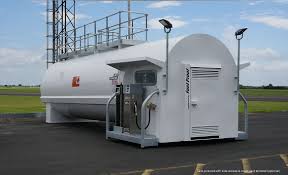Key Takeaways
- A failing fuel pump can cause sputtering, stalling of the engine, abnormal and poor acceleration, and can cause the vehicle to not start.
- You can easily identify a bad fuel pump when you hear whining noises from the tank, horrible fuel efficiency, and experience a loss of power under load.
- It is diagnosed early when the car is at high speed, climbing a hill or carrying heavy load.
- If these symptoms are ignored they can lead to expensive engine damages or even a total car breakdown
- To diagnose fuel pump issues, one can use sound testing, pressure testing and with the use of diagnostic tools.
- Regular maintenance and not driving when fuel is low can extend the lifespan of the a fuel pump
- If any of the symptoms mentioned appears in your car, you should be book a professional diagnostic quickly
Table of Contents
Bad Fuel Pump Symptoms
It will be very beneficial to you if you can recognize symbols of a bad fuel pump or weak fuel pump early. This will reduce your stress, save you money and even keep you safe. To do this easily, consider this list of bad fuel pumps;
- Engine sputters at high speed
- Loss of power while accelerating or carrying load
- Difficult starting and extended cranking time
- Engine stalling in driving or parking
- Jerky acceleration and unexpected surging
- Drop in fuel efficiency
- The fuel pump becomes quite noisier.
- Poor and inconsistent driving during long distances.
If these symptoms of bad fuel pumps are ignored, they can get worse transforming from needing a little repair to a full blown car breakdown. If you have noticed any of the aforementioned symptoms in your car, we at Elan Fuels can help you to fully diagnose what the exact issue is. You can book a diagnosis today and save yourself future costly engine damage.
Top 5 Warning Signs Of A Failing Fuel Pump
Engine Sputtering at High Speed
When you notice your engine sputtering at high speeds, that’s a sign that you may have a bad fuel pump on your hands. The sputtering is basically your engine misfiring as the fuel pump struggles to deliver consistent pressure to the engine. This will not be noticeable at lower speeds. But as you accelerate or ascend hills, this classic failing fuel pump symptom will show up.
Loss of Power Under Load
Another sign you’ll notice is that when you’re climbing a hill, towing or accelerating, your car will feel sluggish and lose power. This happens because the pump cannot deliver on the engine’s fuel demands adequately. This is a strong bad fuel pump symptom.
Difficulty Starting or Extended Cranking
A very key symptom of bad fuel pump health is that the engine may begin taking longer to start. Especially after resting overnight. When this happens, it shows that the pump is getting with and can no longer deliver enough pressure to the engine. This is one of the most overlooked bad fuel pump signs
Sudden Stalling While Driving
A major fuel pump failure symptom is when your car stops suddenly while you’re driving or when you halt at a stoplight. When this happens, you have to urgently address it before it leads to more devastating consequences.
Unexpected Surges or Jerky Acceleration
If you notice sudden jerks or forward surges when you try to accelerate, then your fuel delivery is inconsistent and that right there is a major fuel pump issue. This is one of the leading symptoms of a bad fuel pump.
You should know that these failing fuel pump symptoms could be quite subtle. But when you drive on hot days, ascend a hill or drive long, the symptoms become more pronounced and easier to detect.
Is Your Engine Sputtering or Stalling?
Jerky starts, random power loss, and rough idling may all point to a failing fuel pump—and driving with one could leave you stranded.
What Early Fuel Pump Signs Do Most Drivers Miss?
As we earlier mentioned, these fuel pump problems don’t begin suddenly. They usually start with dibble signs that are barely noticeable such as
- Your car having momentary hesitation when you accelerate
- Your engine taking longer to start or having a hard start
- Many fluctuating idle rotations per minute (RPM)
- Doubtful increases in fuel spending
- Once in a while alerts on your dashboard relating to fuel or the engine.
Sometimes you see this and write them down as “bad days” for your car, meanwhile they are actually signs of a bad fuel pump. Noticing these weak fuel pump symptoms are usually the first step towards avoiding bigger fuel pump problems in the future.
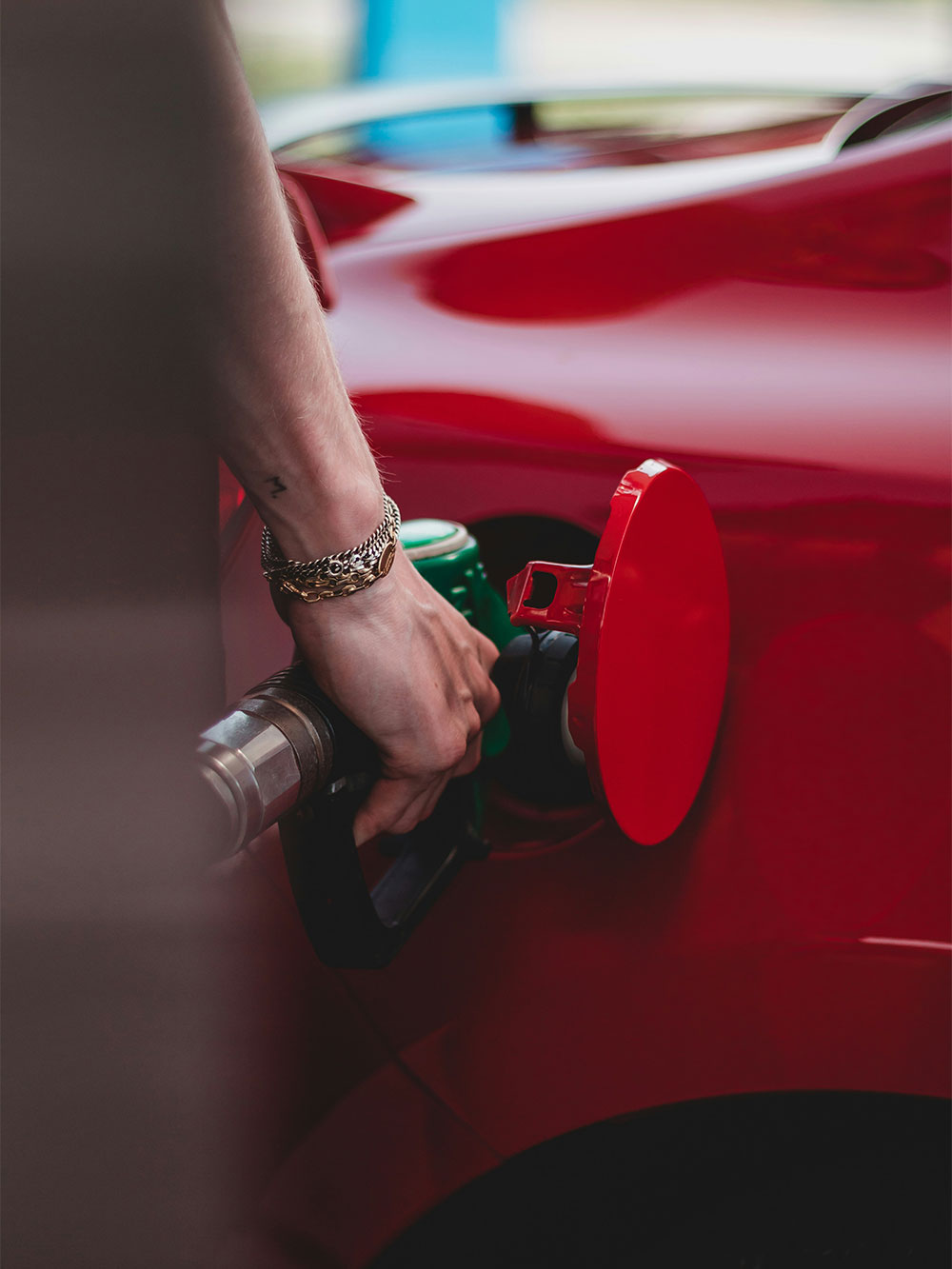
Fuel Pump Checks You Can Perform Yourself At Home
To make sure you’re not overlooking bad fuel pump signals, there are a few checks you can try at home to catch some bad fuel pump symptoms.
- Listen for the Fuel Pump: When you turn your ignition to “on” before starting the engine, you should expect to hear a whirring sound or humming sound from the rear near the fuel tank. If you don’t hear anything, that’s possibly a sign of a dead fuel pump.
- Tap the Fuel Tank: If some assistance, the someone to start the car while to tap the the bottom of your fuel tank gently. If the car starts, your fuel pump is on its way out.
- Check Fuel Pressure: You should buy a fuel pressure gauge. This tool is affordable and permits you to check your fuel pressure by attaching it to your fuel rail. When you have your readings, compare it to the specs provided by the manufacturer. If your pressure readings are low, this indicates fuel pump issues or a blocked fuel filter.
- Check Fuses and Relays: Sometimes the damaged fuses and faulty relays can have the same symptoms as fuel pump failure. Be sure to check these before before assuming the issue is with the fuel pump.
It’s best to conduct these DIY tests after a long drive, if you notice reacting engine hesitations or after a cold start. Below are DIY tools that can help you test for bad fuel pump symptoms and how to use them.
| Tool | Use | How It’s Applied | What It Checks For |
|---|---|---|---|
| Fuel Pressure Gauge | Measures fuel pressure in the fuel line | Connect to the Schrader valve (usually on the fuel rail) while the engine runs | Confirms if the fuel pump delivers correct pressure (typically 40–60 PSI) |
| Multimeter | Tests voltage and electrical continuity | Set to DC volts, probe fuel pump connector with ignition on | Verifies power supply to the fuel pump and continuity of circuits |
| OBD2 Scanner | Reads diagnostic trouble codes (DTCs) | Plug into OBD2 port under dashboard and scan for codes | Detects codes related to fuel pressure, misfires, or pump malfunctions |
| Fuel Pump Relay Tester | Tests fuel pump relay function | Plug into relay socket or test pins using jumper wires or relay testers | Confirms if the fuel pump relay is sending power to the pump |
| Noid Light Tester | Checks injector pulse signals | Plug into injector harness to see if light blinks while cranking | Ensures the ECU is sending signals; absence may indicate fuel pump issue |
| Jumper Wire/Fuse Tap | Bypasses relay or switch | Used to manually power the fuel pump from the fuse box or relay terminals | Determines if the pump can run when directly powered |
| Mechanic’s Stethoscope | Listens for pump operation | Place probe near fuel tank while someone turns key to ON (without starting) | Helps detect if the fuel pump is making any sound or starting up |
Not Sure If It’s the Fuel Pump or Something Else?
Strange engine behavior doesn’t always mean pump failure. We’ll run quick, expert diagnostics to identify the root cause and help you act before things escalate.
What Happens If A Fuel Pump Goes Bad?
If you drive around with a bad fuel pump, you’re exposing yourself to several dangerous situations such as;
- Your engine misfiring could increase the possibility of an accident.
- Your car could break down completely.
- Your fuel efficiency will drop significantly and you’ll start spending more on fuel.
- You’ll have to spend a little fortune to repair your engine.
- Catalytic converter damage could arise from improper fuel mixtures.
If at any point you suspect that you have a bad fuel pump, it would be safe to pull over, turn off the engine, check fuel levels to make sure it’s not just a case of fuel running out and call a mechanic for a fuel system inspection in order to avoid damage to your engine.
You can start taking steps to protect your engine by scheduling a fuel system inspection with us. You’ll also be able to save on repairs with our limited-time service discount.
Real-Time Effects Of A Failing Fuel Pump On Driving
A failing fuel pump is as much a problem in the garage as it is on the road. It can lead to ;
- Hesitation and surging on the road: Potentially leading to accidents.
- Engine sputtering on the highway.
- Your care could suddenly lose power in traffic.
- You can have an unpleasant jerky stop-and-go response in traffic or at stoplights.
In different environments, you can experience different fuel pump failure signs. While cruising in the highway your engine may begin to sputter, in traffic your car may entirely lose power and at stoplights your car may hesitate to pick up the pace and start moving all over.
In any of these situations, it is advisable for you to gently pull over and call for help. If you insist on driving any further, you may cause an accident or badly damage your engine
Catch Fuel Pump Problems Before They Cost You
Ignoring early signs of fuel pump trouble can lead to breakdowns, damaged injectors, or worse. Know the symptoms—and know when to act.
Will A Bad Fuel Pump Throw A Code?
Some recent vehicles come equipped with Onboard Diagnostics (OBD-II) that detect fuel pump issues. However, not every vehicle is equipped with this. In any case, this is what to note;
- The check engine light may be triggered by some bad fuel pump symptoms.
- Fuel pump problems may be revealed by codes such as P0230, P0231, P0232, P0087, P0088.
- An OBD-II scanner can be used to check for codes. Even if no code is found, do not ignore symptoms of a bad fuel pump.
Is My Fuel Pump Failing Or Just Weak?
It’s not very time that fuel pump issues translate to total failure. Sometimes what you have is a case of a weak fuel pump. This will mean that the car will still run even if there’s low pressure at the rail, you’ll witness hesitation in your vehicle once in a while but it’ll not stop suddenly and your car will take longer to start than usual.
Eventually, a weak fuel pump will fail, so if you have conducted some test and you see that you in fact have a weak if failing fuel pump, it will be best to replace it as soon as you confirm the issue. You can also repair it, but if the weakness is severe, it’ll not be the best option as it’ll still fail eventually.
How Do I Know If My Fuel Pump Is Bad?
Below is a step-by-by overview of bad fuel pump symptoms to look out for
- At the ignition, keep an ear out for the pump
- Check fuel pressure at the rail by testing using a multimeter
- Lookout for blown fuses and damages relays
- Check for corrosion at the level of electrical connections
- Use OBD-II scanner to check for codes
- Observe how your car drives and look out for hesitating, surging and stalling
If you check and notice several of these pump failure signs, make sure to diagnose your car and if necessary, replace the fuel pump.



